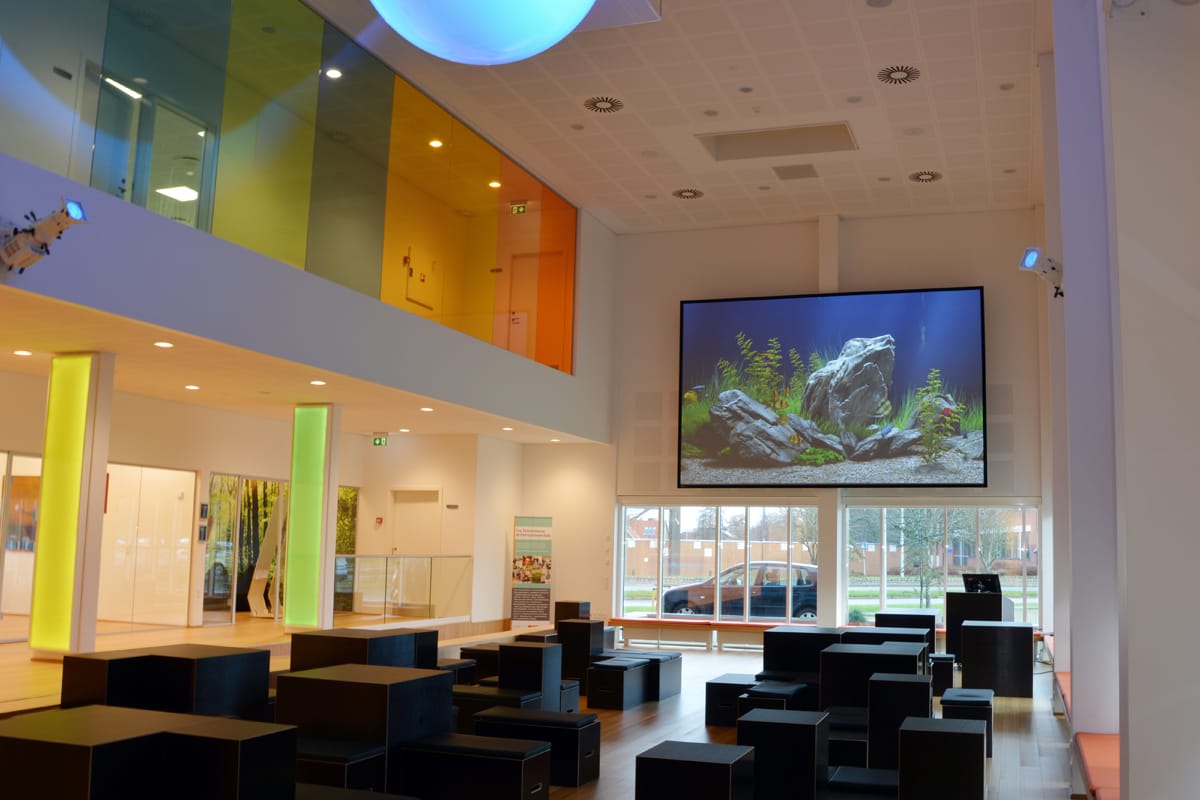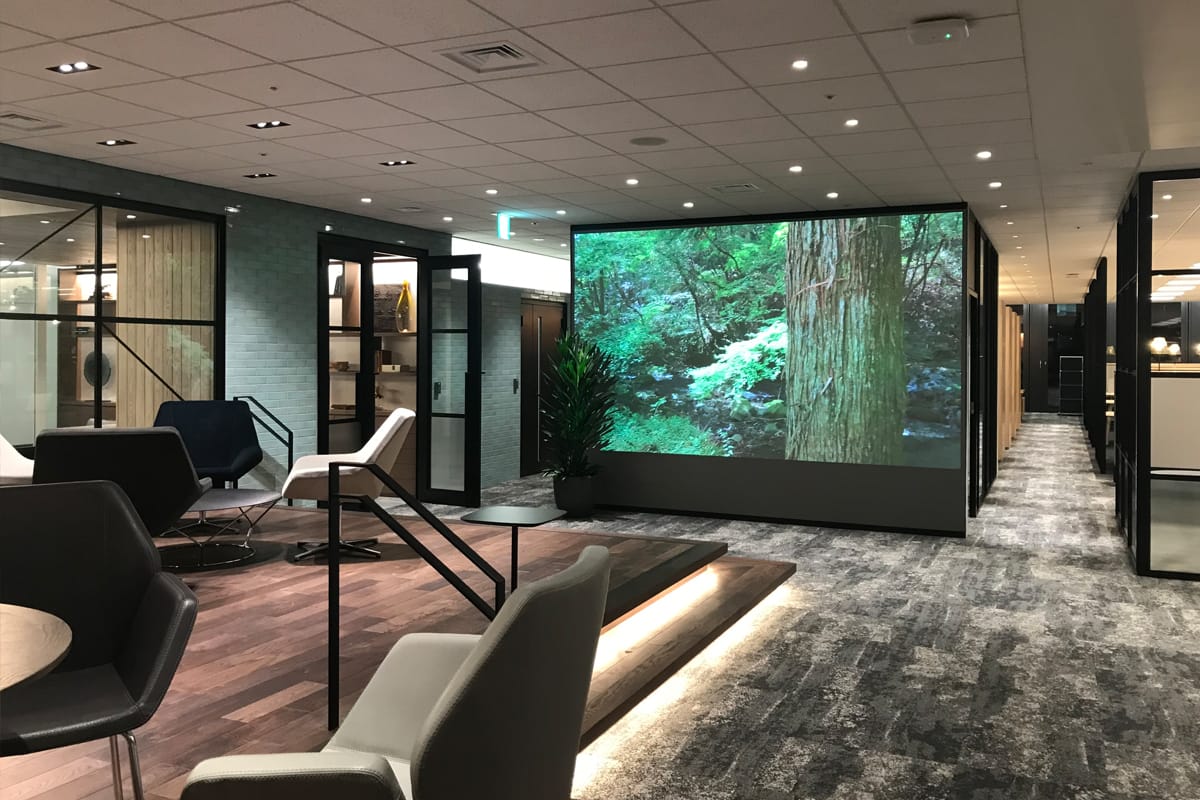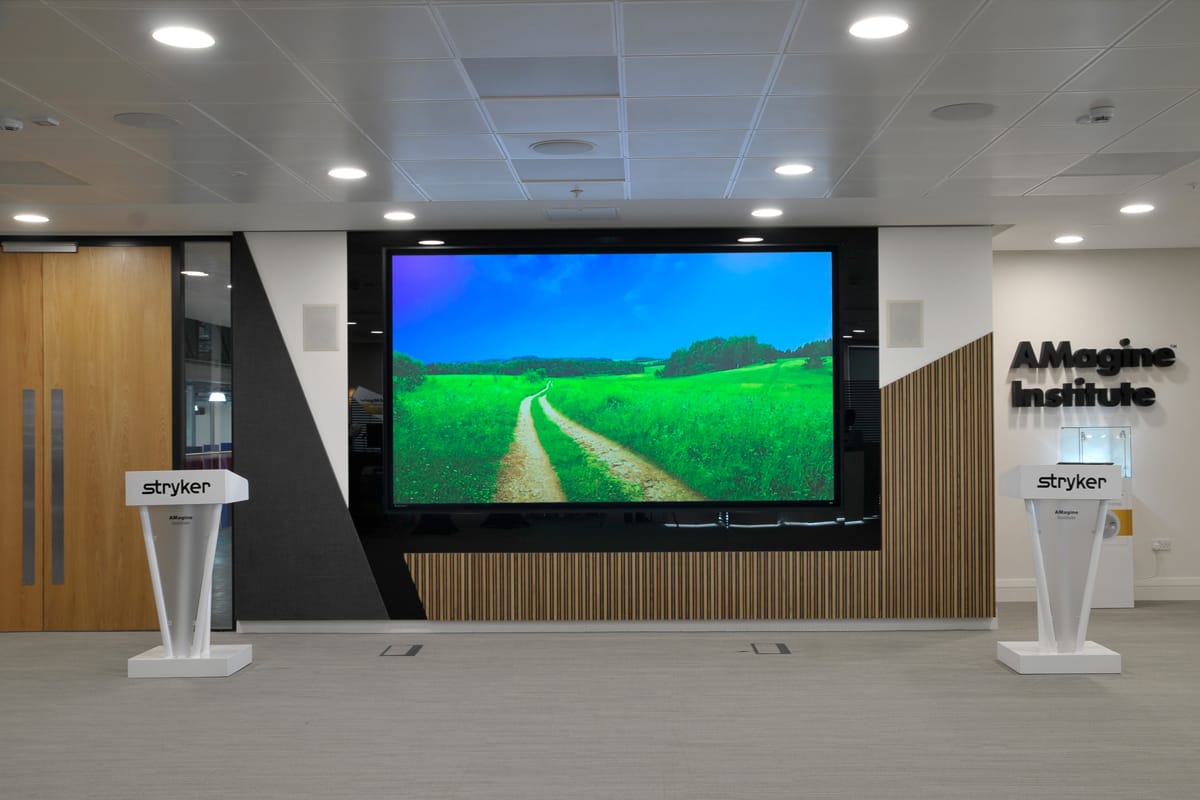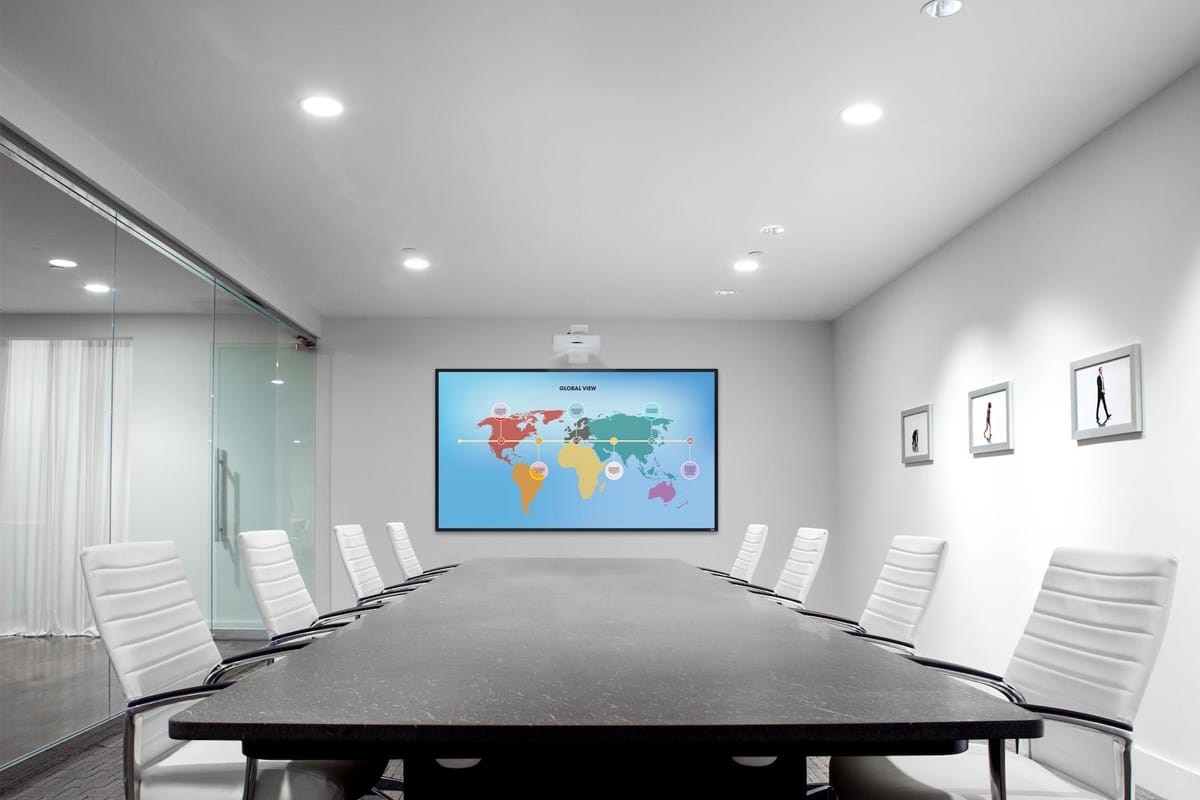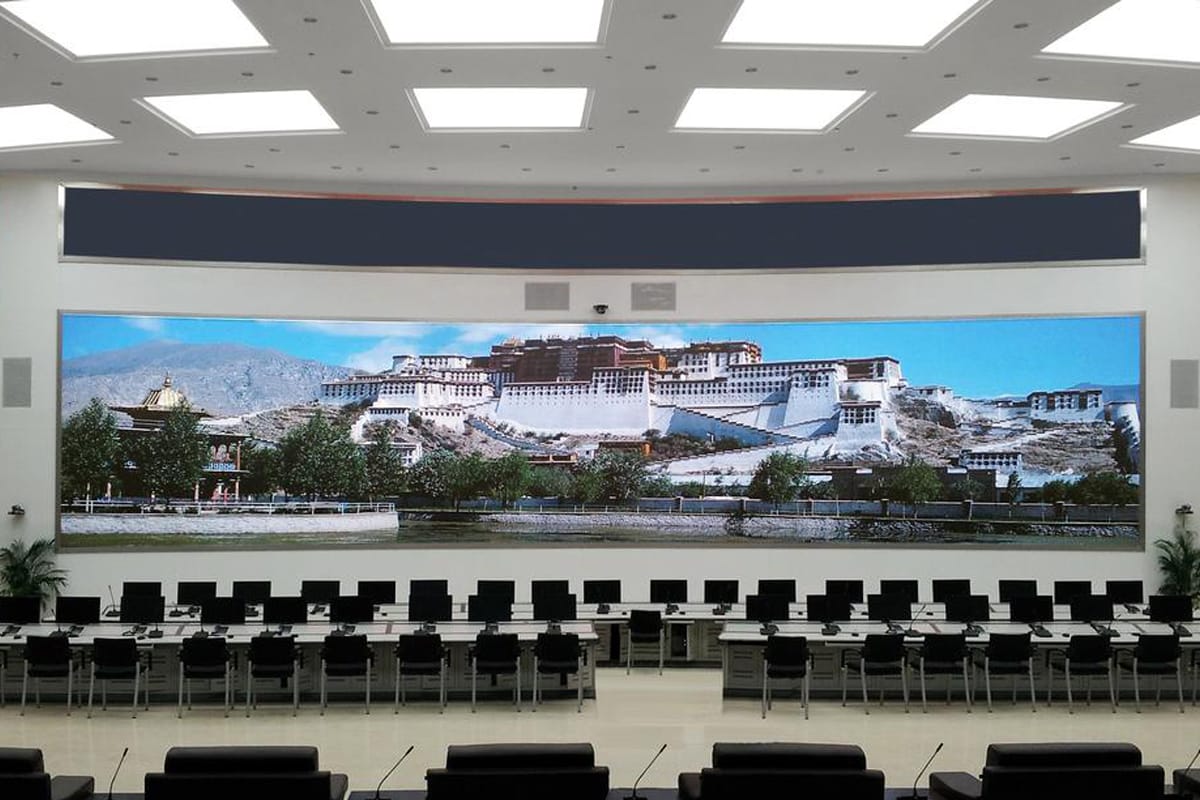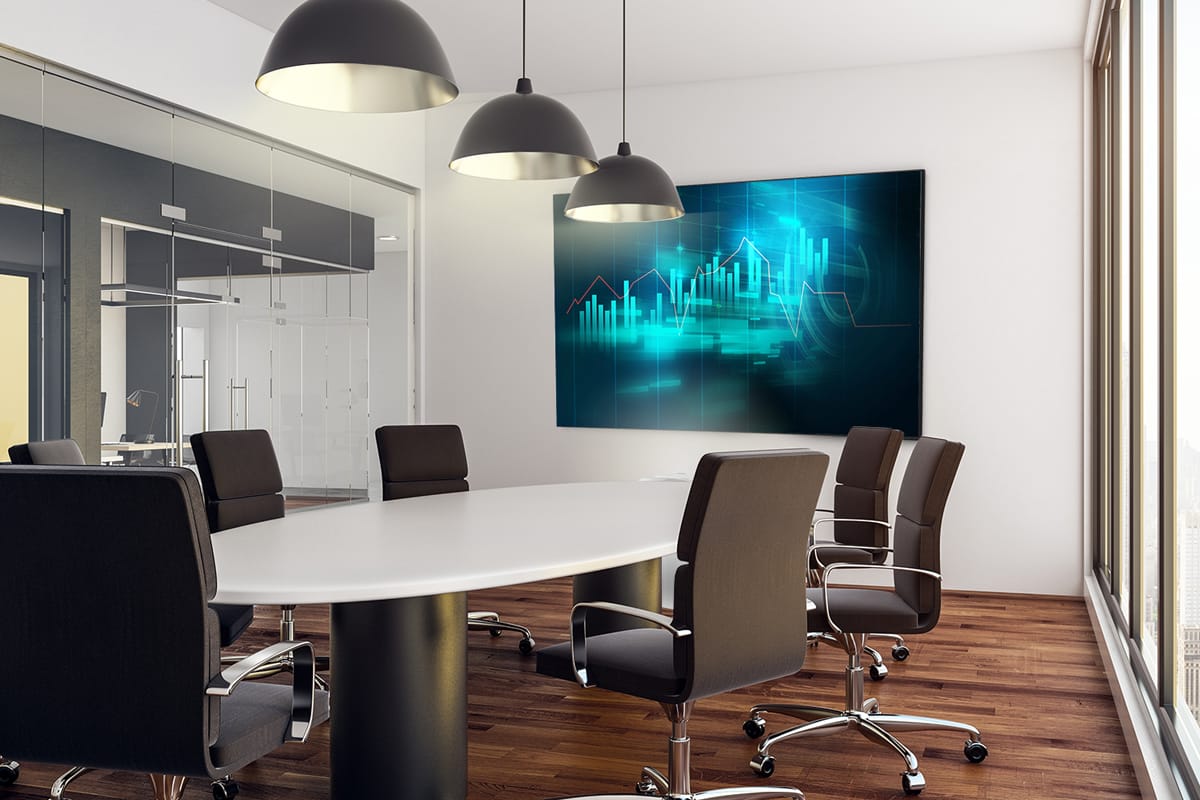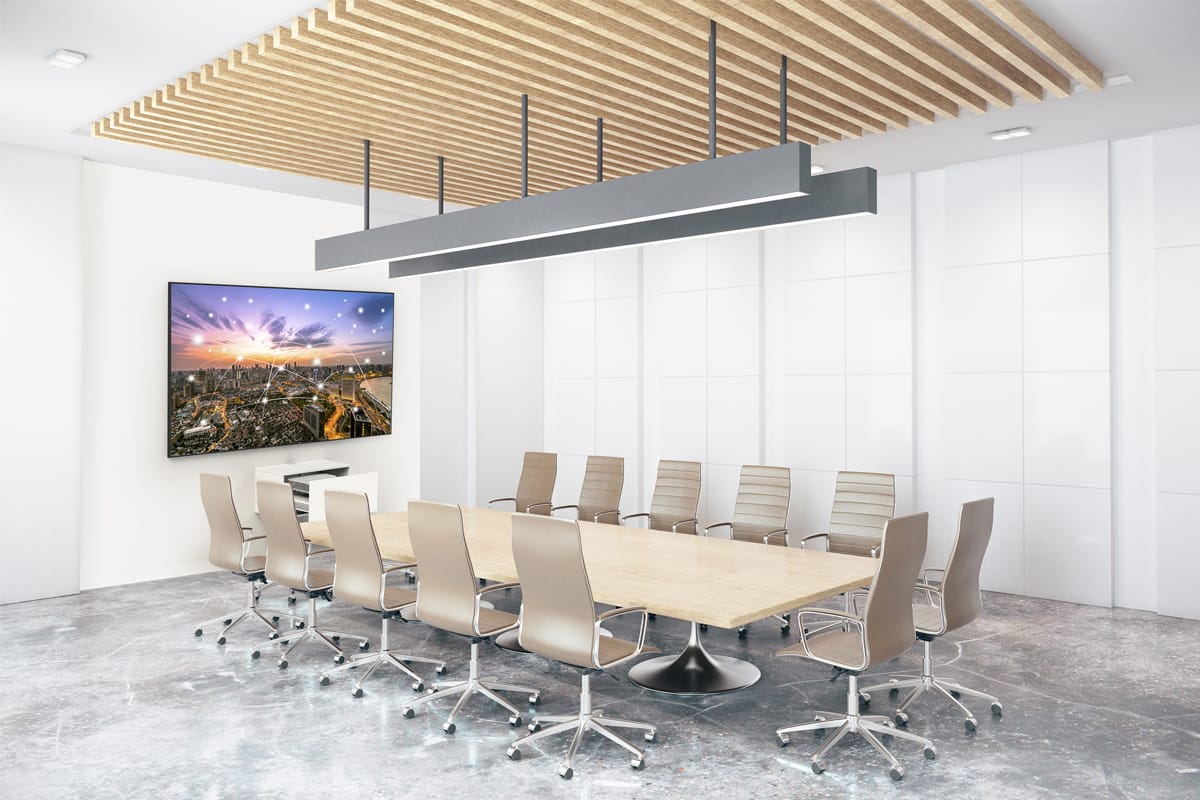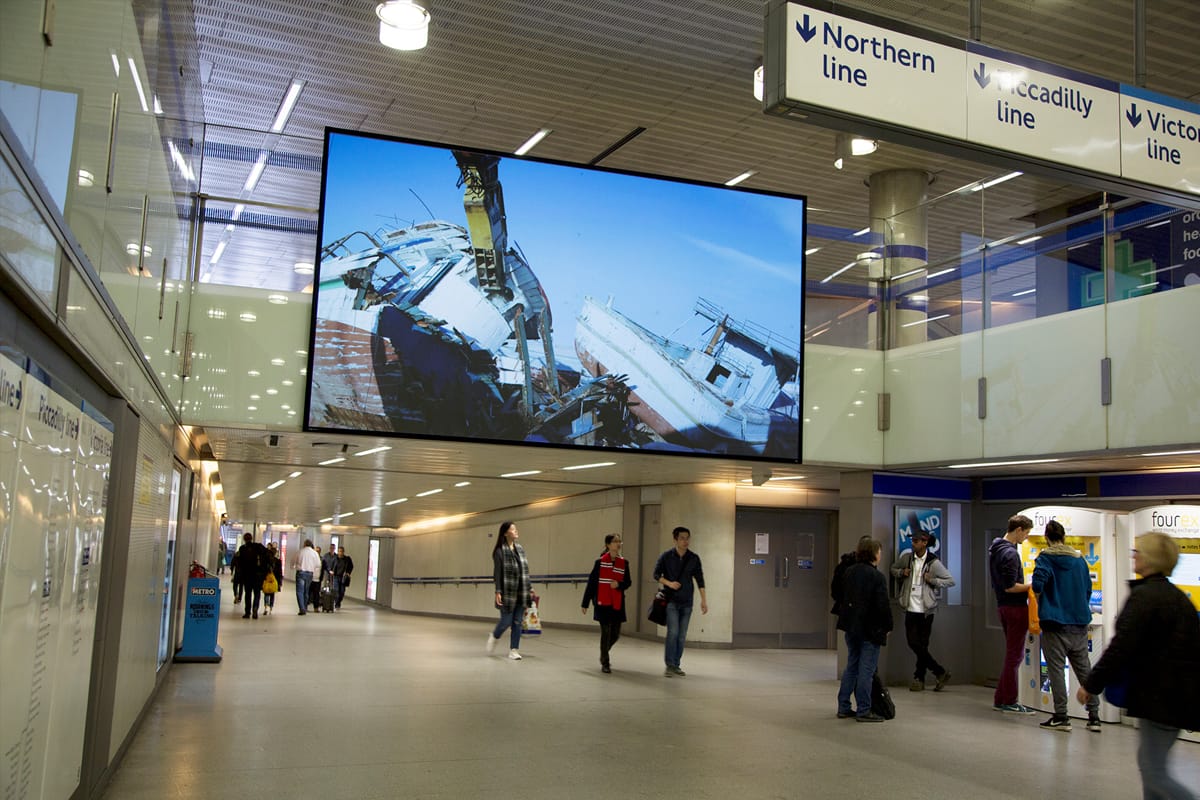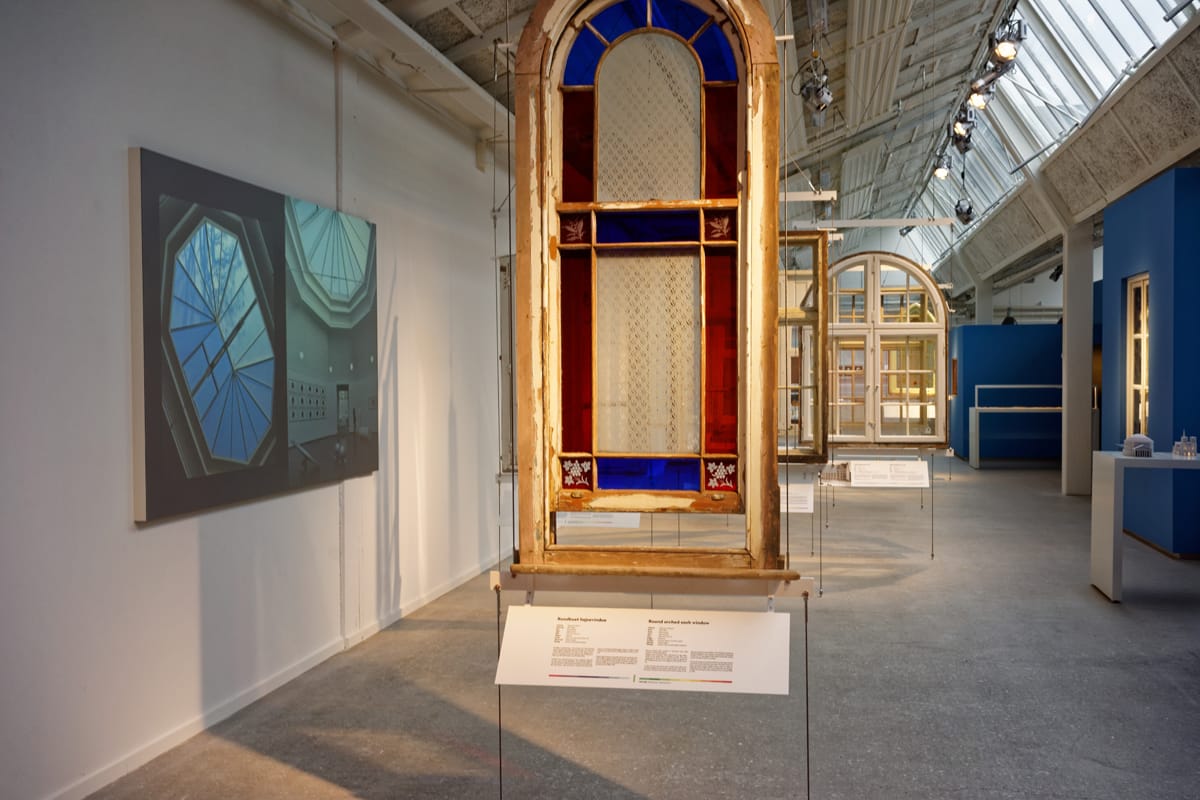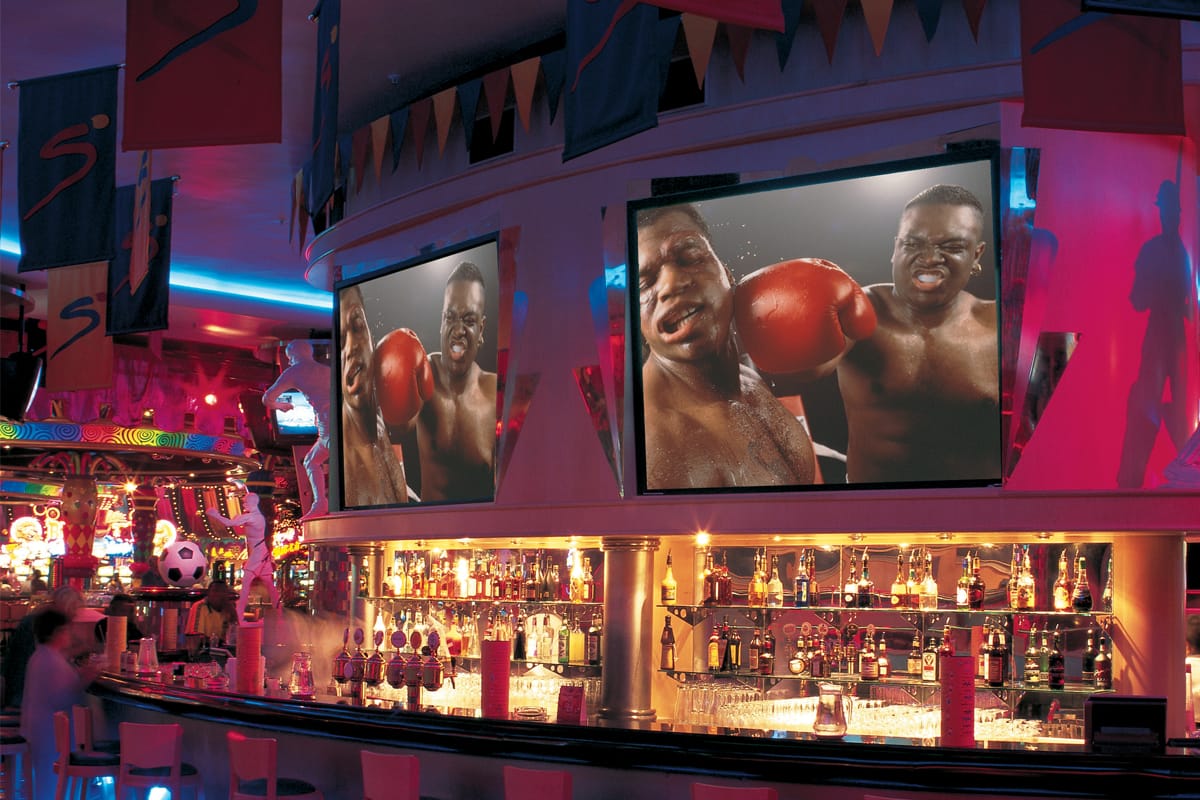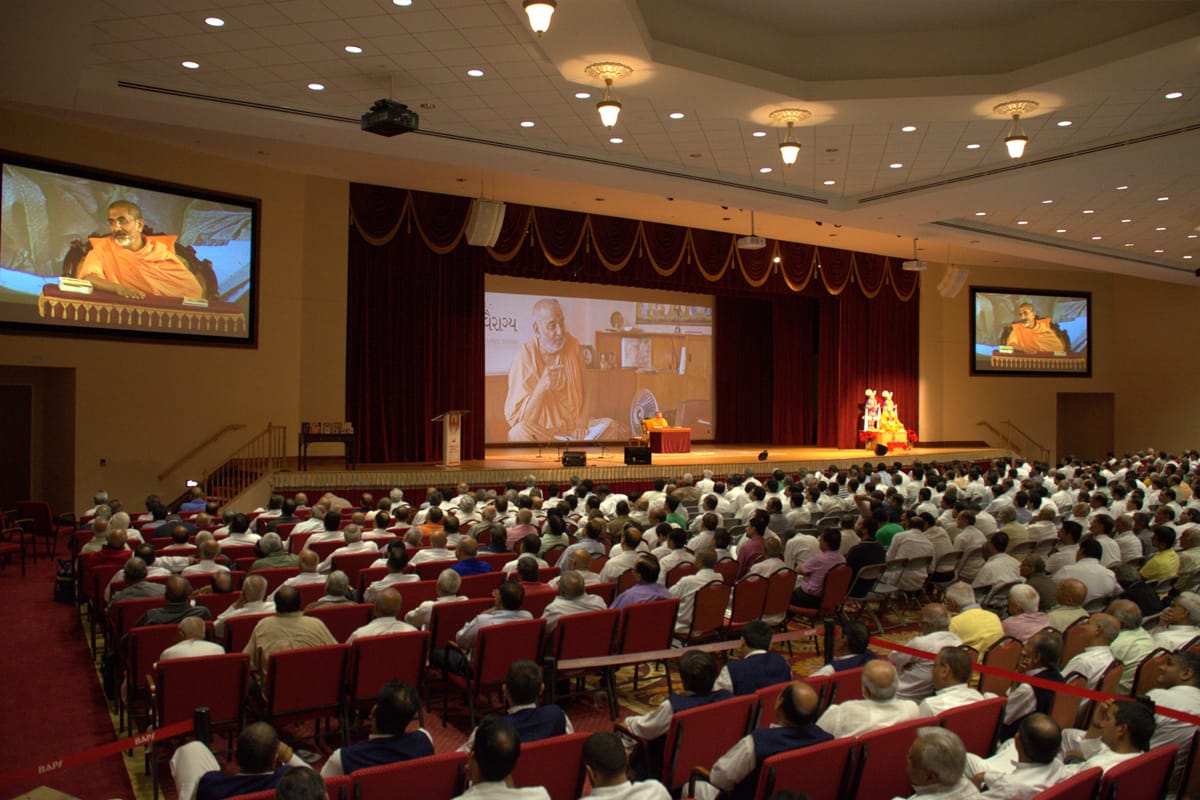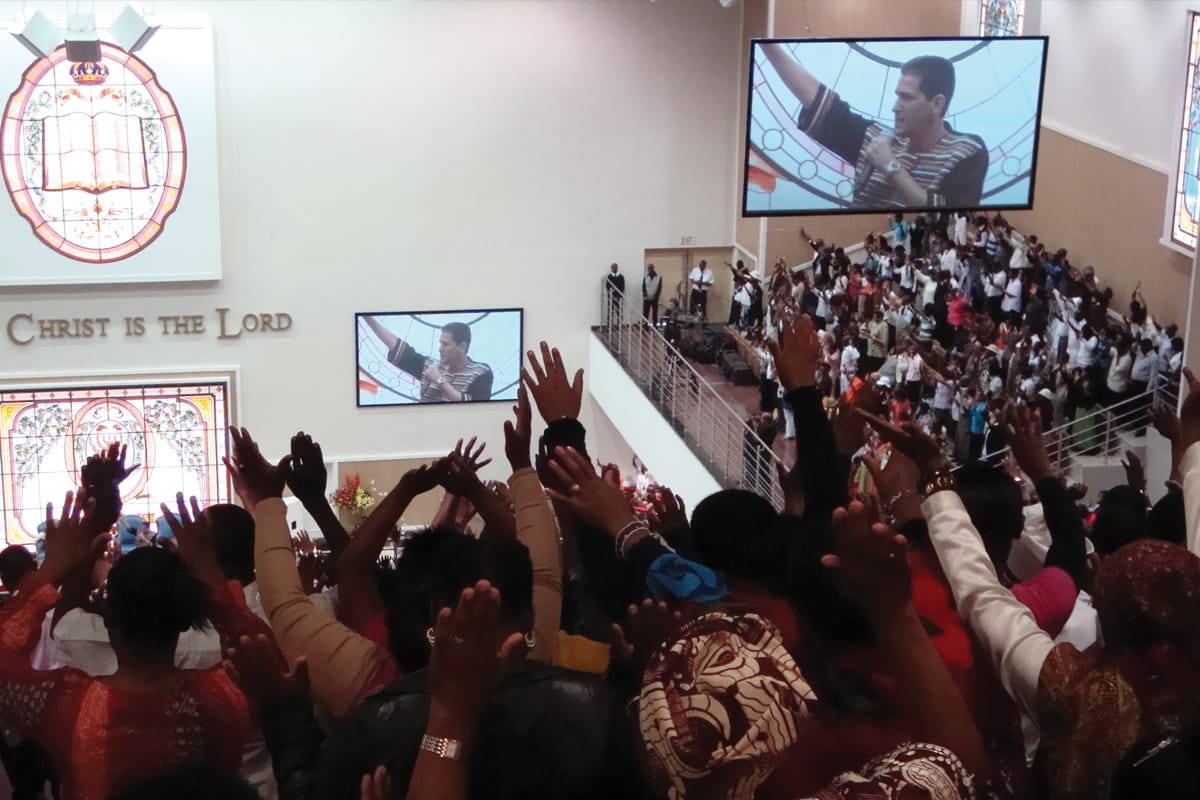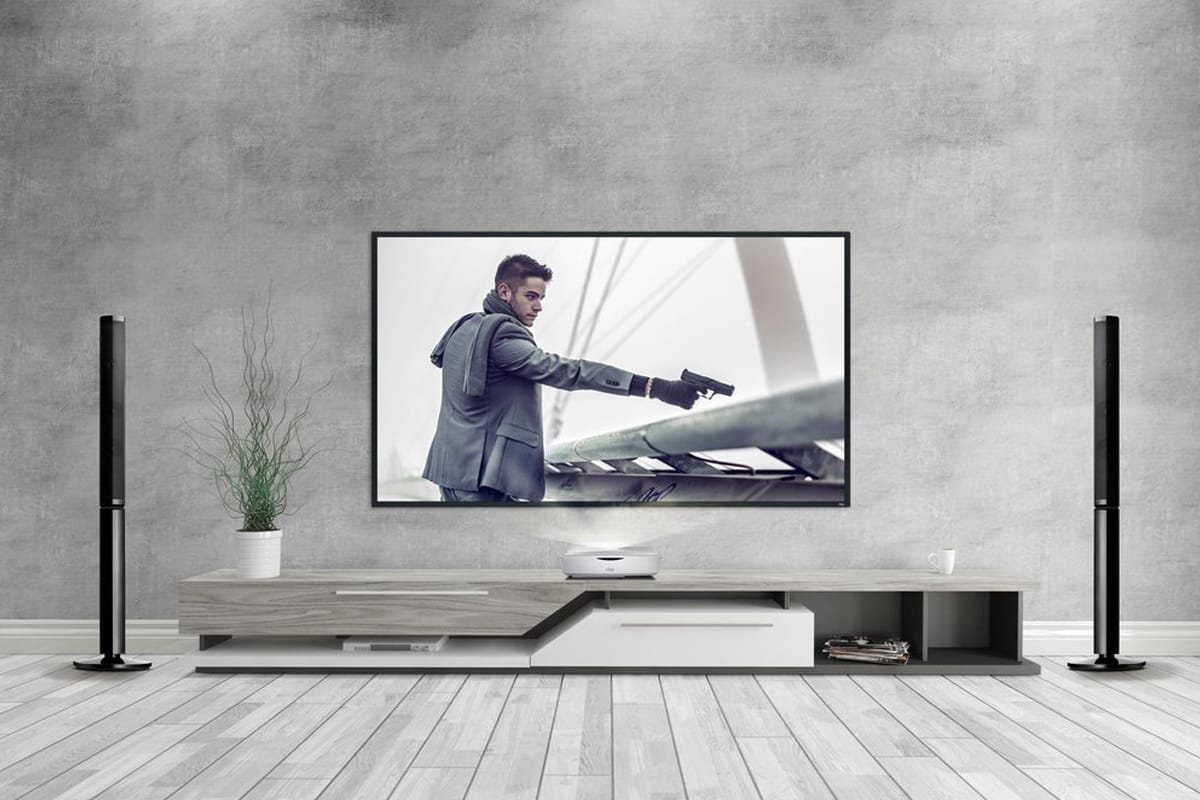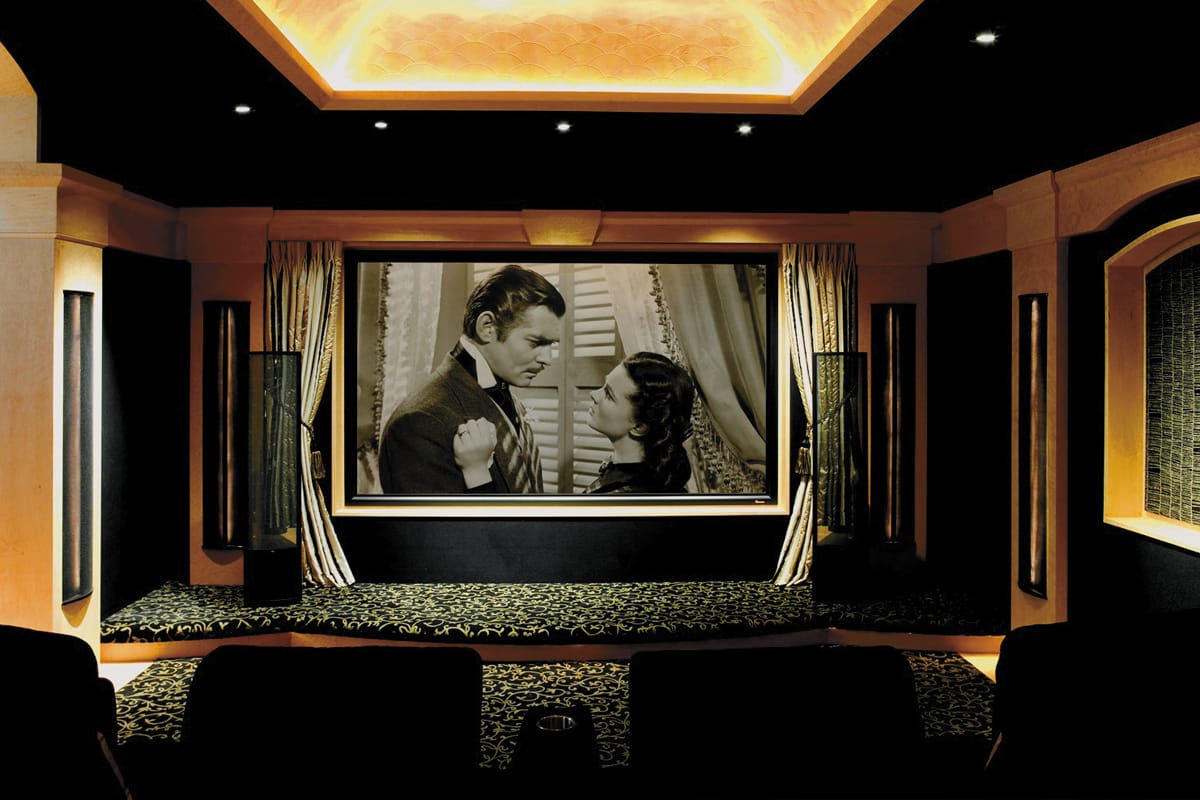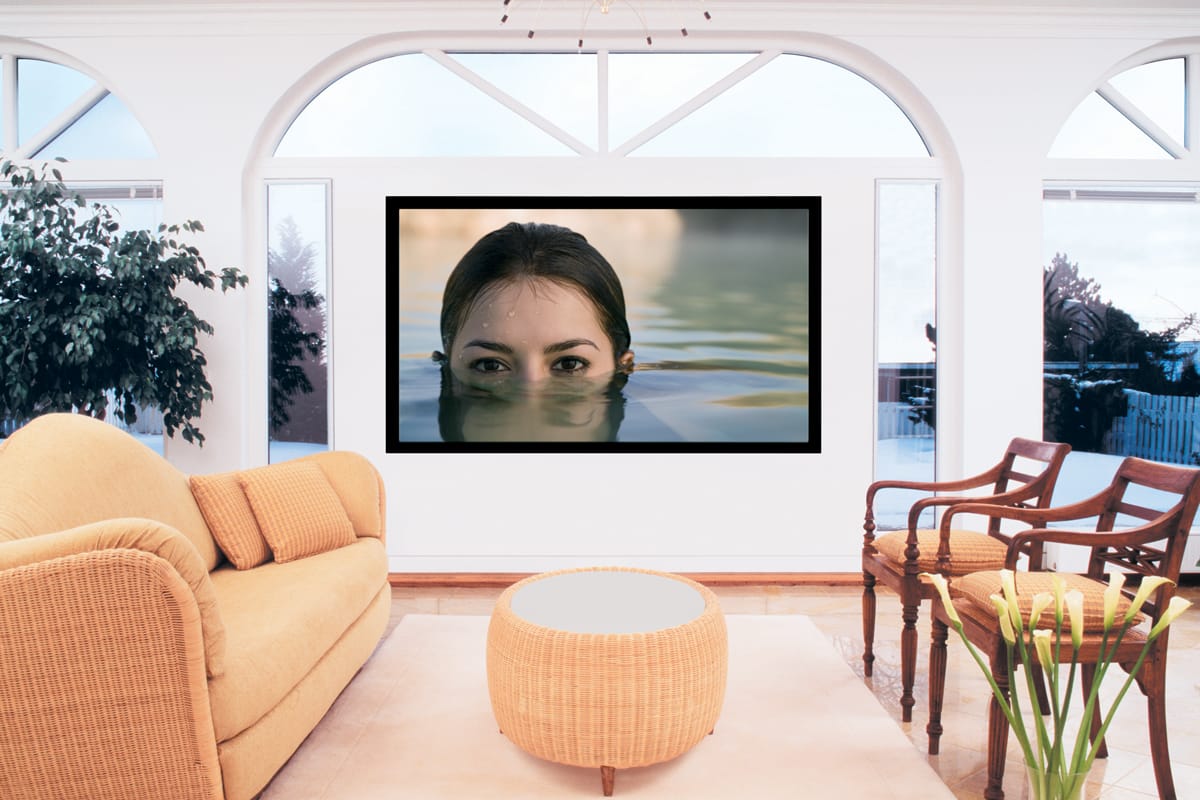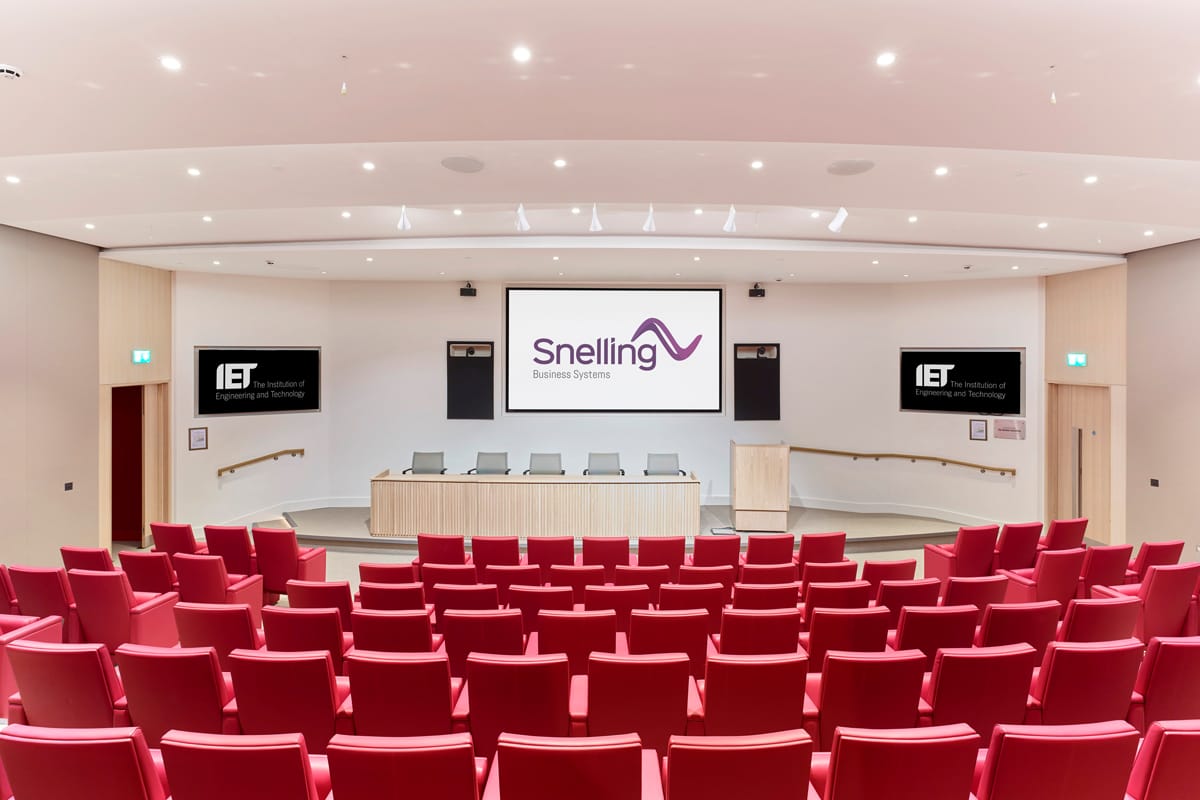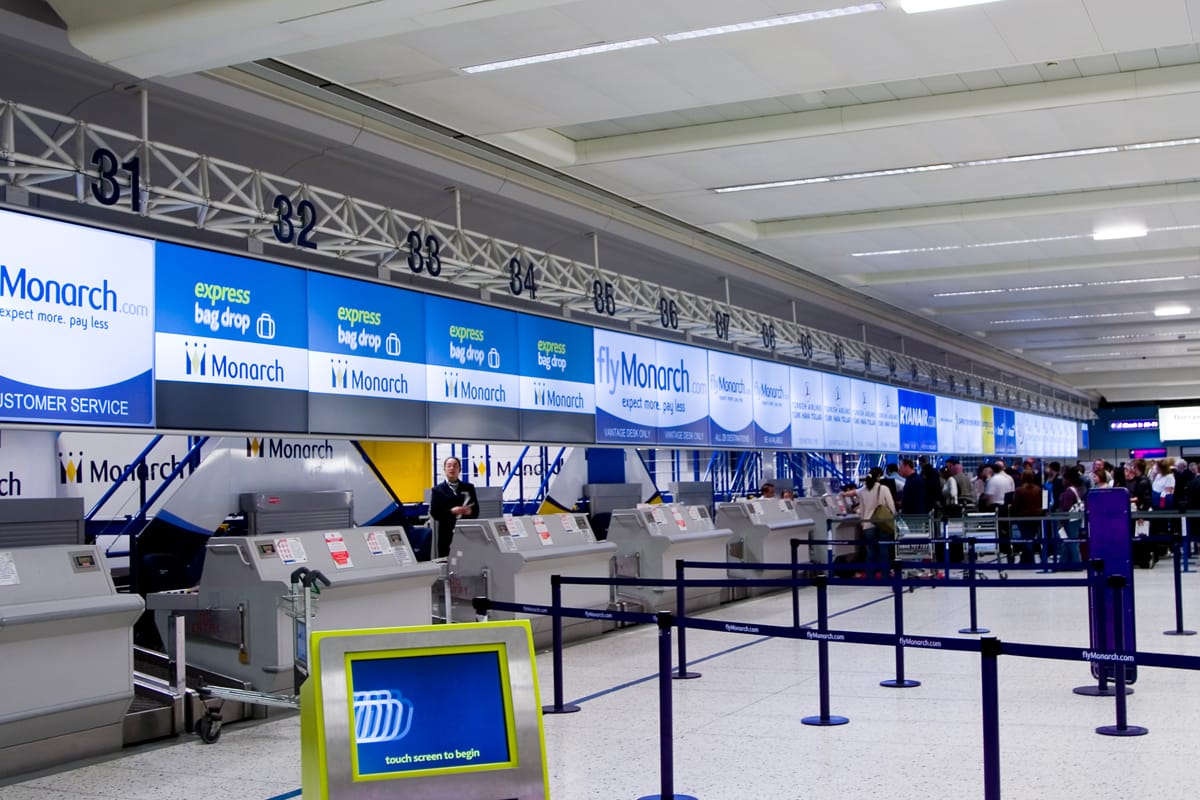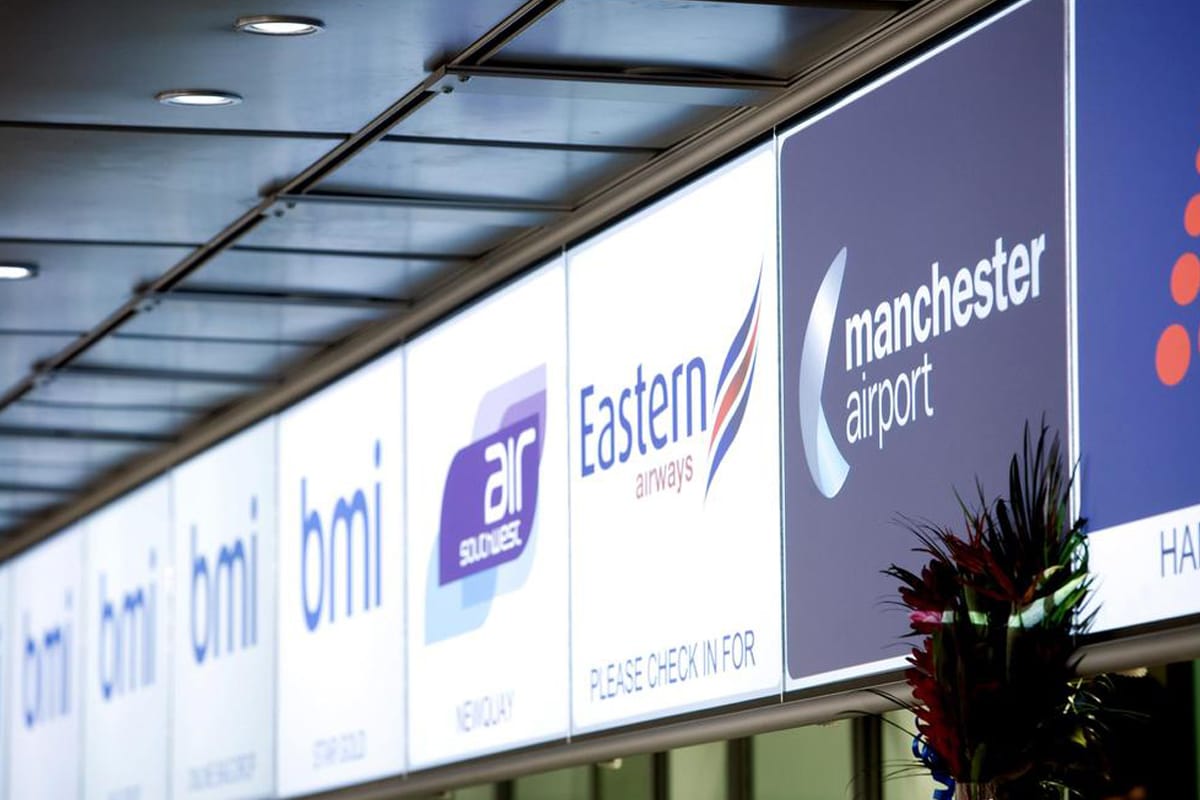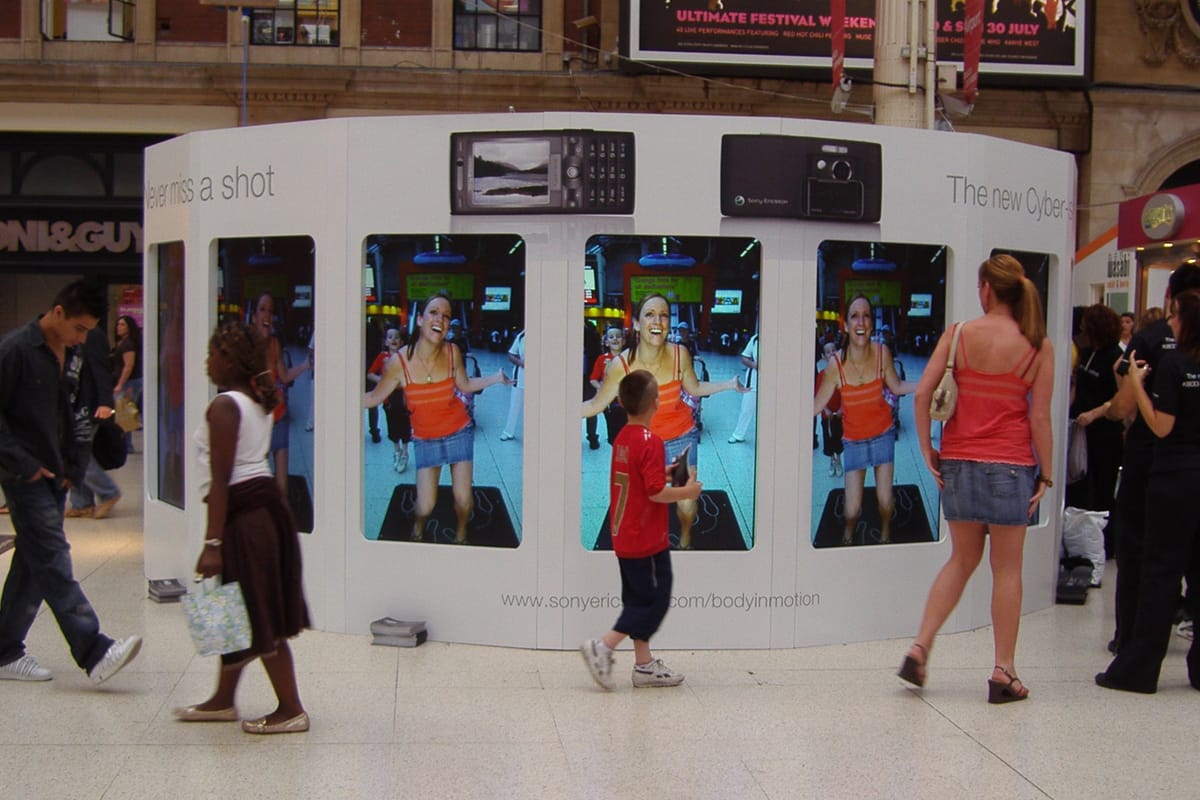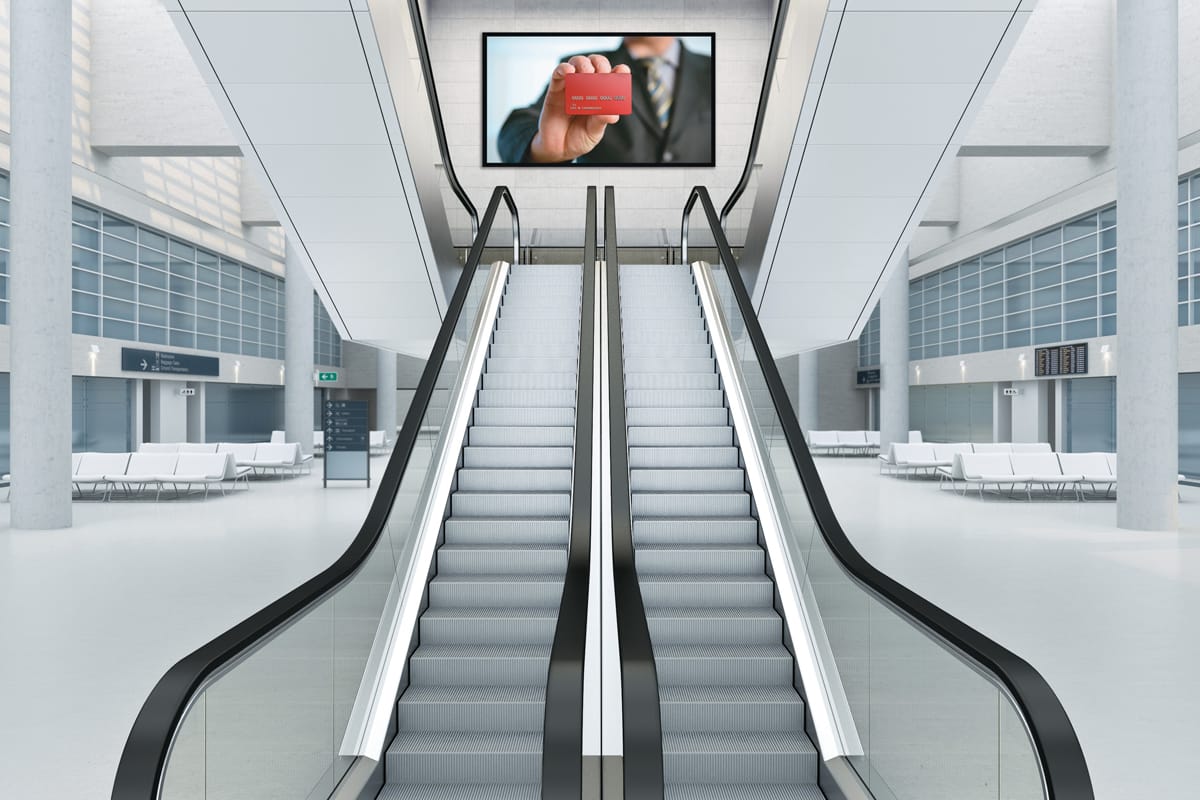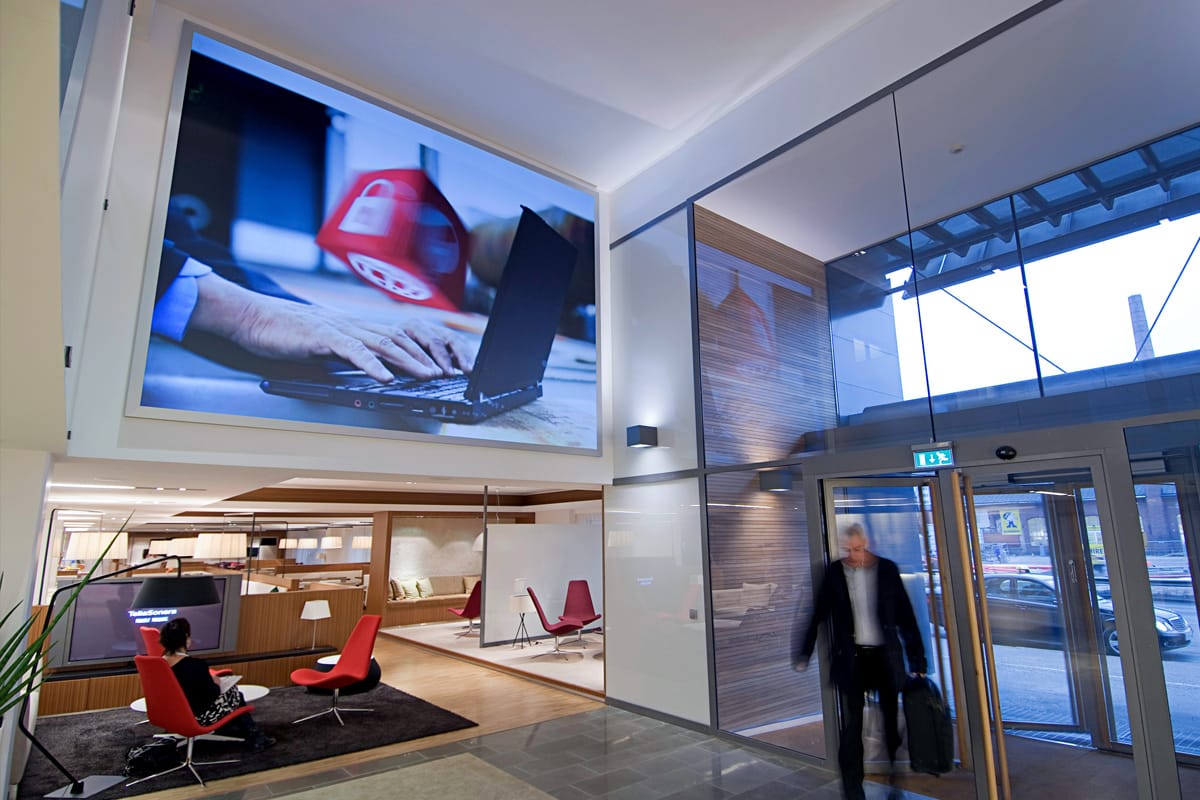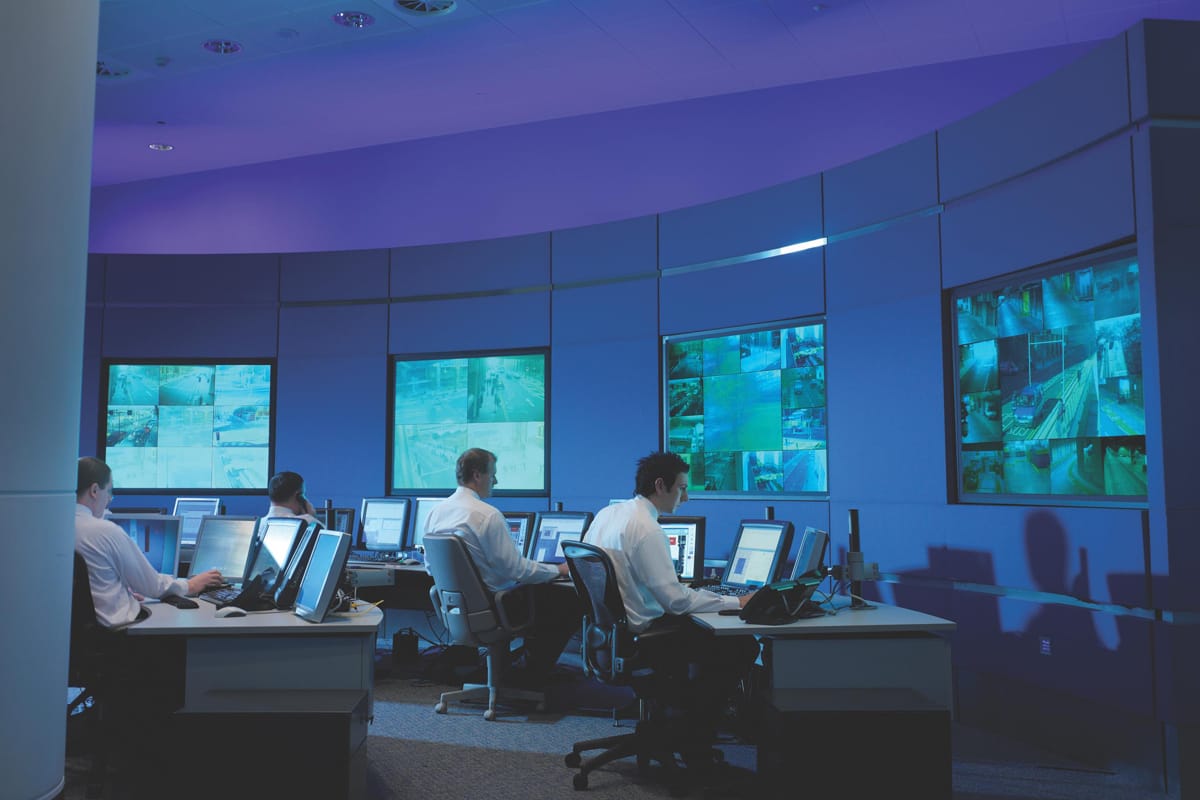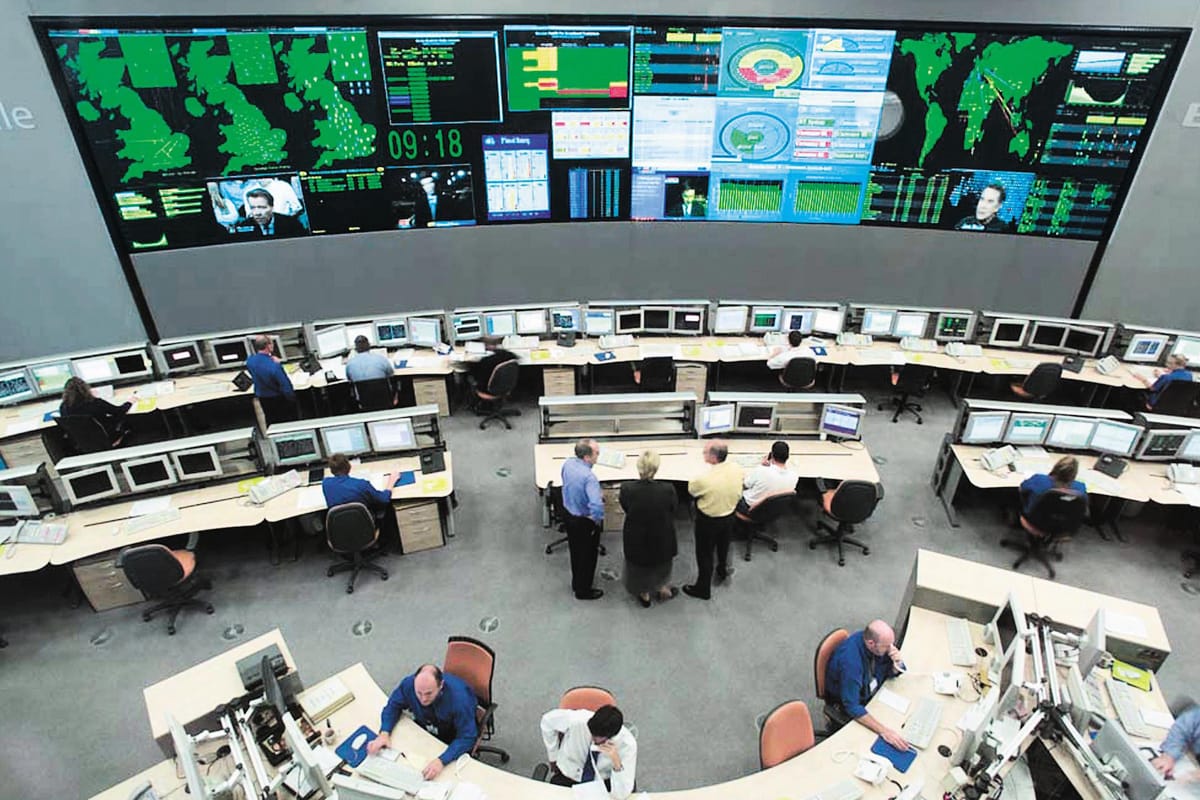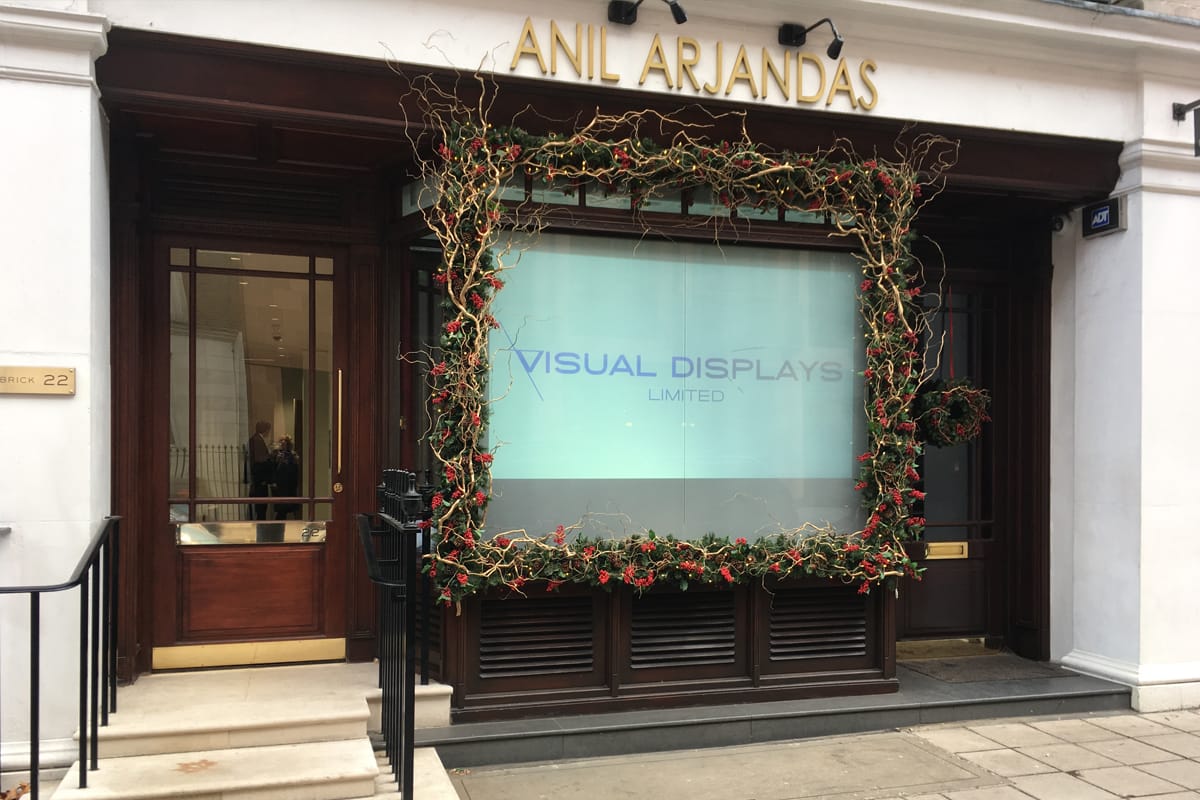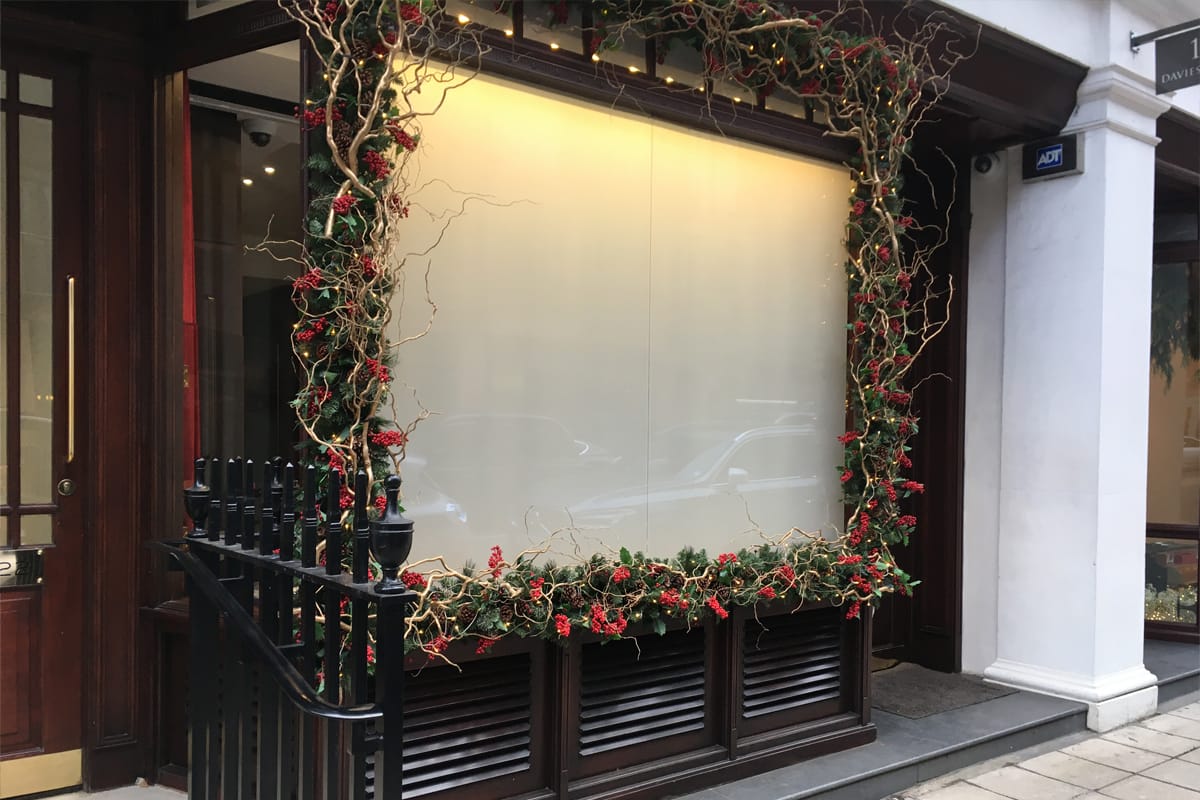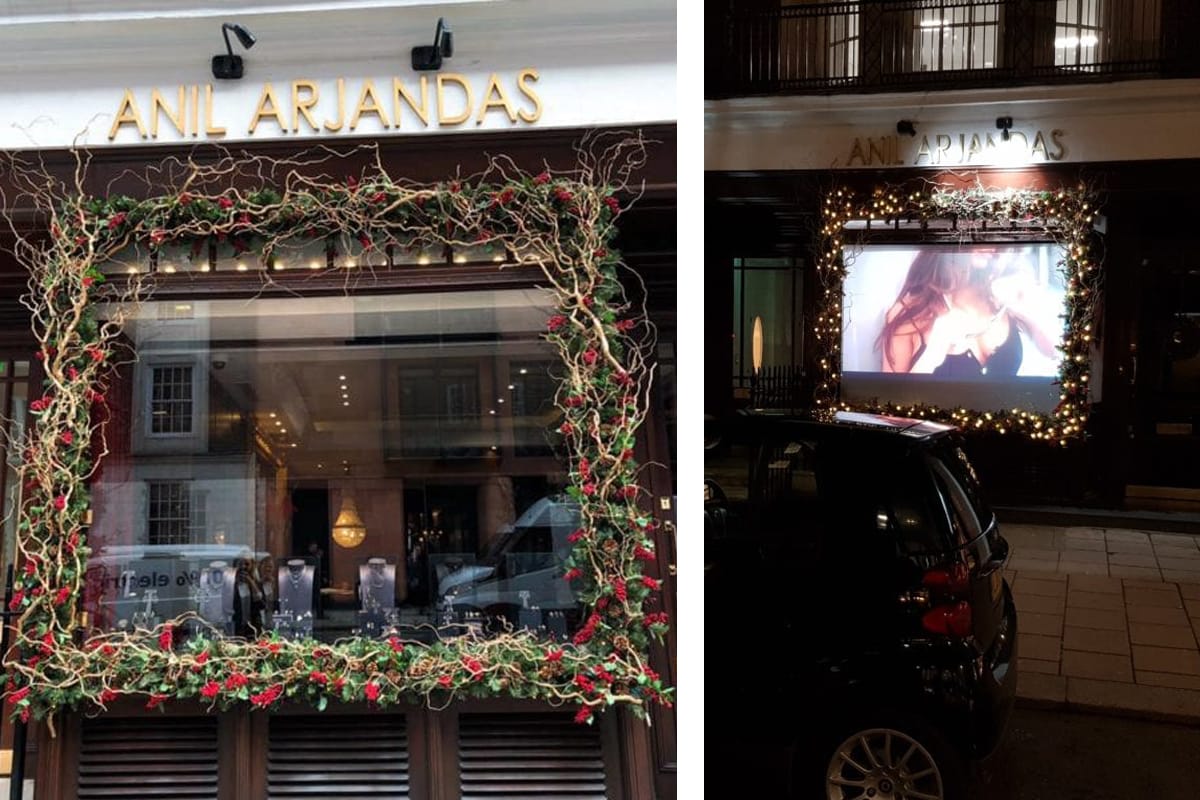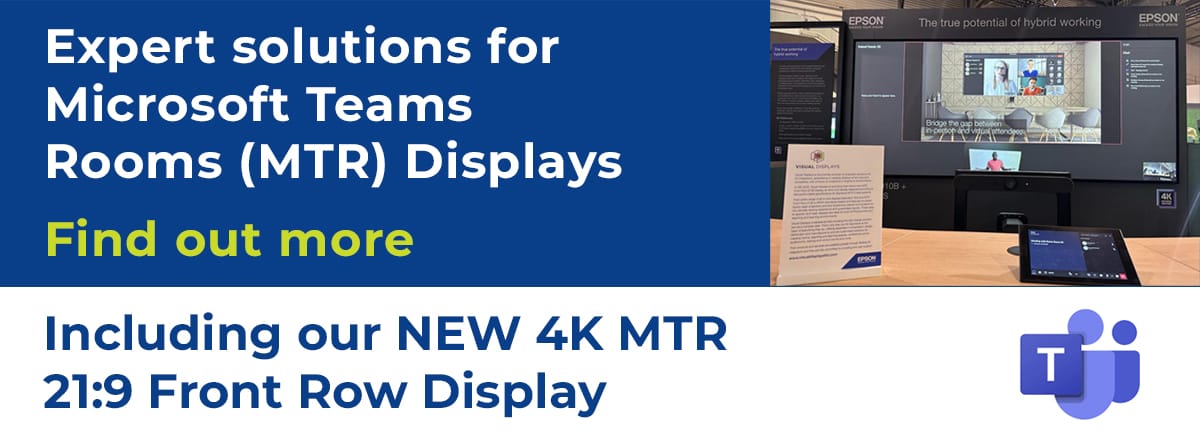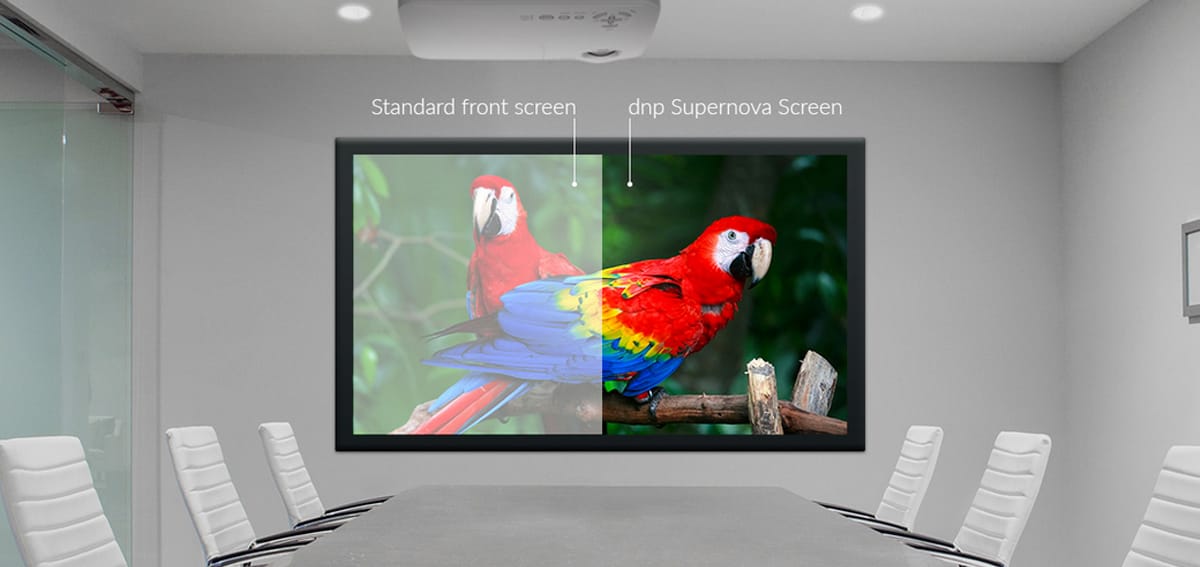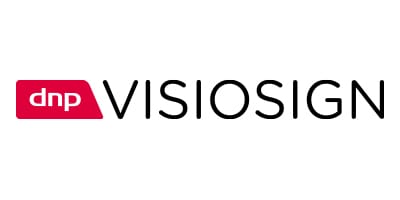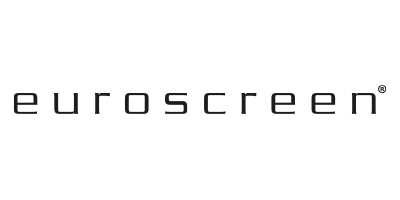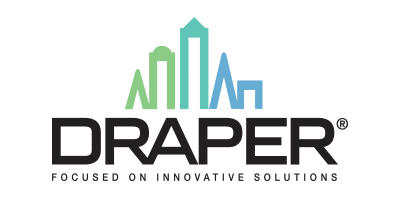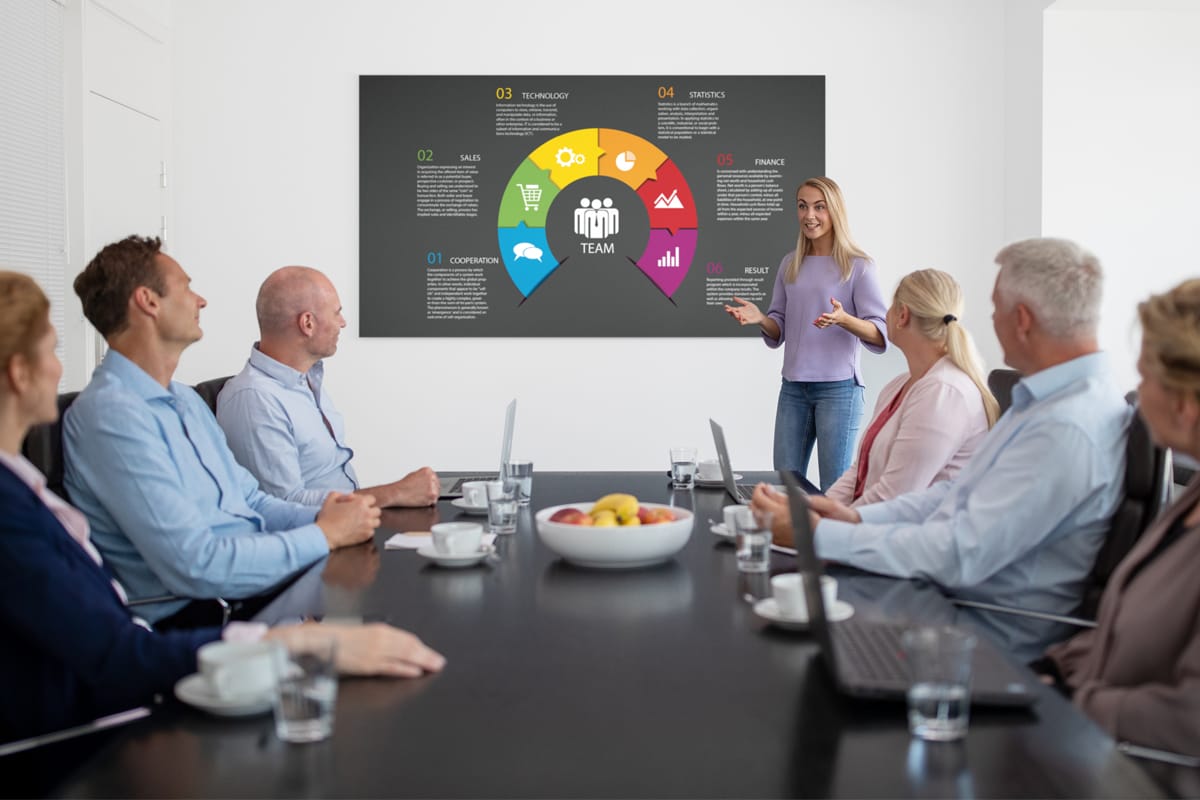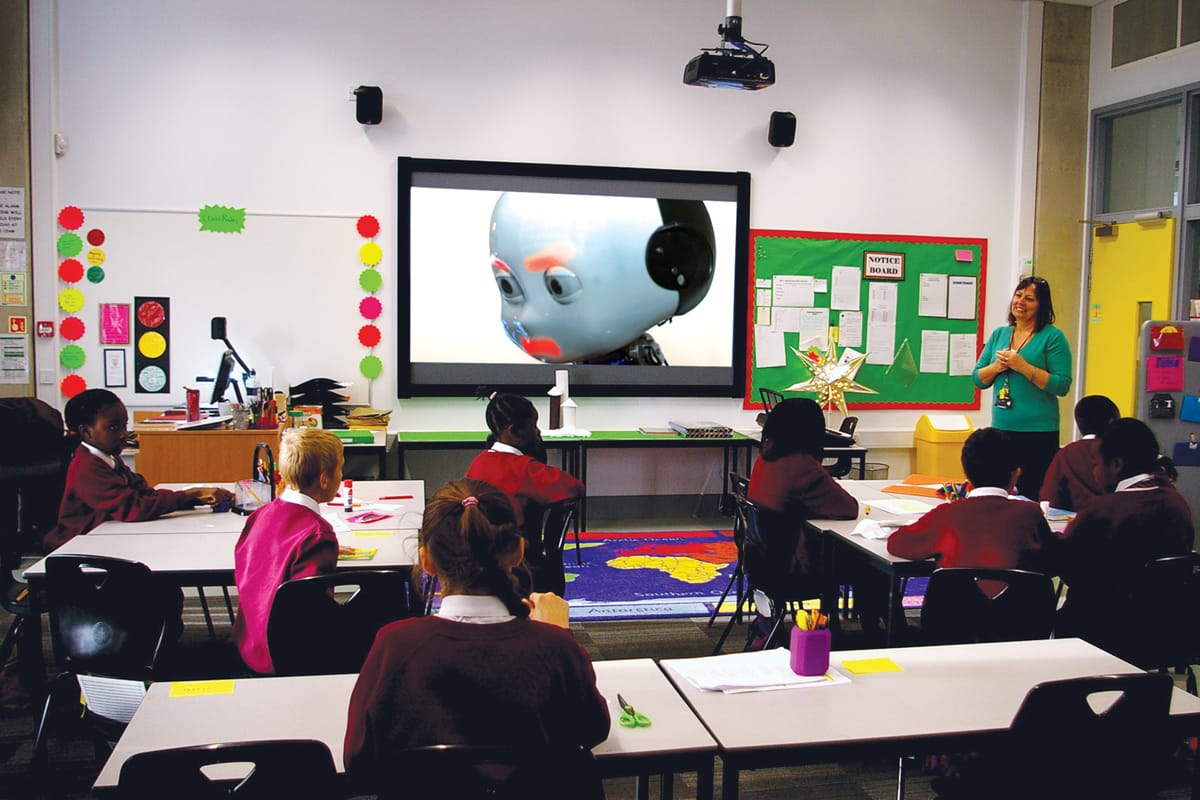
Projection screens and solutions
We offer a comprehensive range of front projection and rear projection screens and systems for all types of pro-AV applications.
Applications include: higher and further education campuses; business installations such as meeting rooms, digital signage and conference rooms; mission-critical control centres; medical imaging and high-end home cinema. From single, small spaces to huge conference venues and multiple networked displays throughout an estate, we will create the perfect solution for you.
Why choose projection?
Game-changing innovations in laser projection means that most modern projectors offer 20,000 hours of high performance and maintenance-free operation. Crucially, this means they can be installed and managed just like large format flat panel displays but without some of their critical limitations.
Another advance is in ultra-short-throw (UST) lenses. Professional installation grade projectors now have options where the projector is placed just above or just below the fixed or electric drop-down screen. These create incredibly compact installations with the projector so close to the screen that even the closest viewers do not cast shadows.
Scroll down to read more about the benefits of using projection…
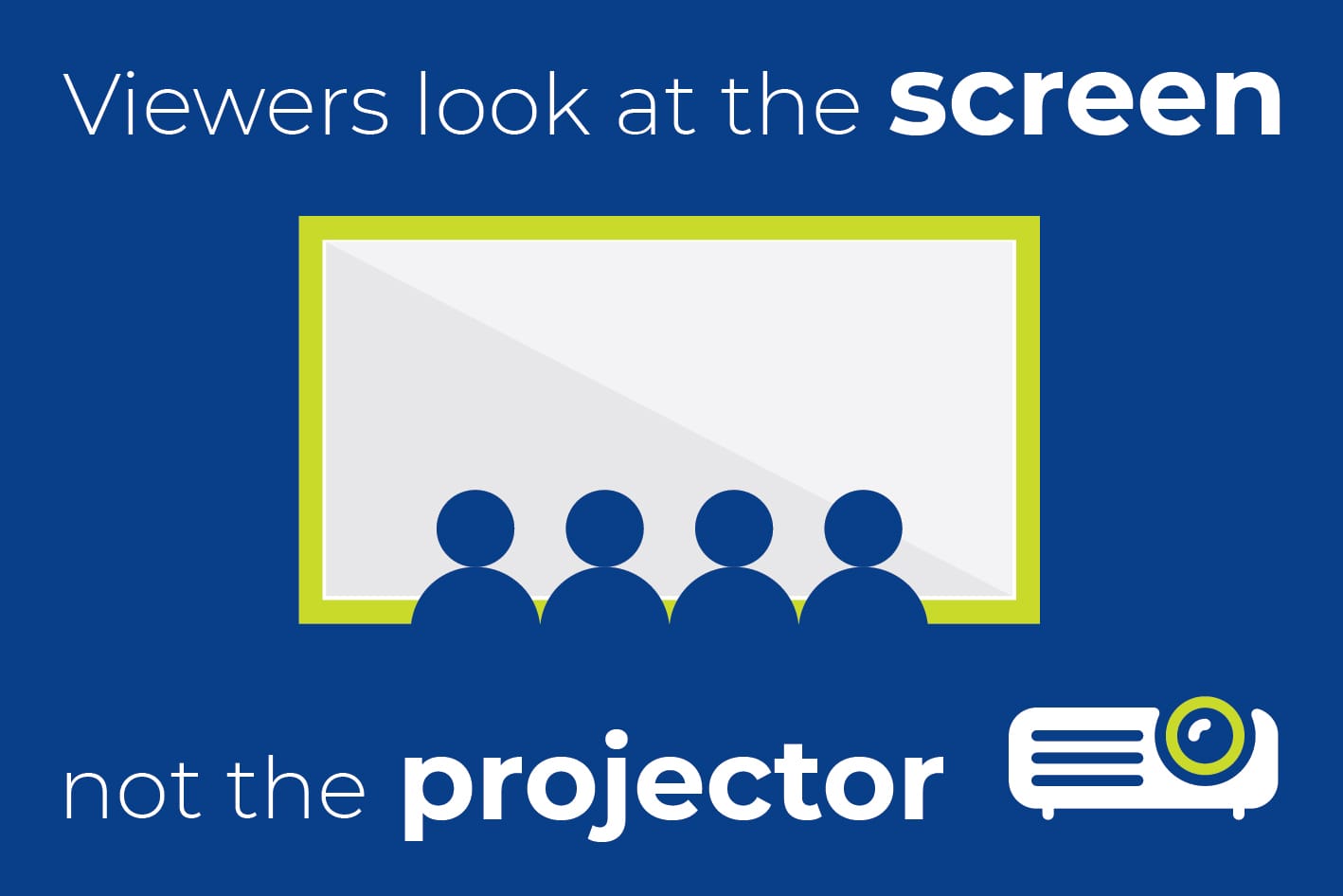
Choose the right projection screen/surface
In order to get the best result and value, choosing the right projection screen is critical. You look at the image on the screen, not the projector. This may sound obvious, but even in professional installations, the importance of the projection surface is often overlooked. At the most basic level, it is possible to project an image onto a plain white wall. But, any system is only as good as its weakest link and, as with basic off-the-shelf screens, no matter how powerful the projector is, when projecting onto a wall or low-quality screen, the image quality will be poor.
Professional-grade screens made from specialist materials are designed to reflect light evenly and without distortion, resulting in high-contrast, detailed images with accurate colour rendition, to give your client the perfect display for presenting their unique content, and maximise the potential and value of their projector.
See the Ambient Light Rejecting (ALR) screen demo below and compare true ambient light rejecting screens with standard projection screens.
Click here for brightness demo
We supply screens from three of the world's best manufacturers - dnp denmark, Draper and Euroscreen, including electric drop-down, manual, fixed frame, frameless and seamless modular screens of up to any size. In addition, our choice of screen surfaces includes specialist technologies such as ambient light-rejecting screens for brightly lit conditions. This gives us the best possible selection to ensure we have the right screen for your requirements.
All-in-one projection solutions
Our Complete Laser Display bundles from 100”-120” and Complete Laser Display XL bundles from 130” and above are large and extra-large complete ALR laser projection displays.
With exceptional image quality, CLD and CLD XL offer an unbeatable size/performance/cost combination, in all-in-one easy to install and use, reliable and maintenance-free bundles. Find out more below.
CLD XL for HE/FE - 130" and above
CLD XL for Business - 130" and above
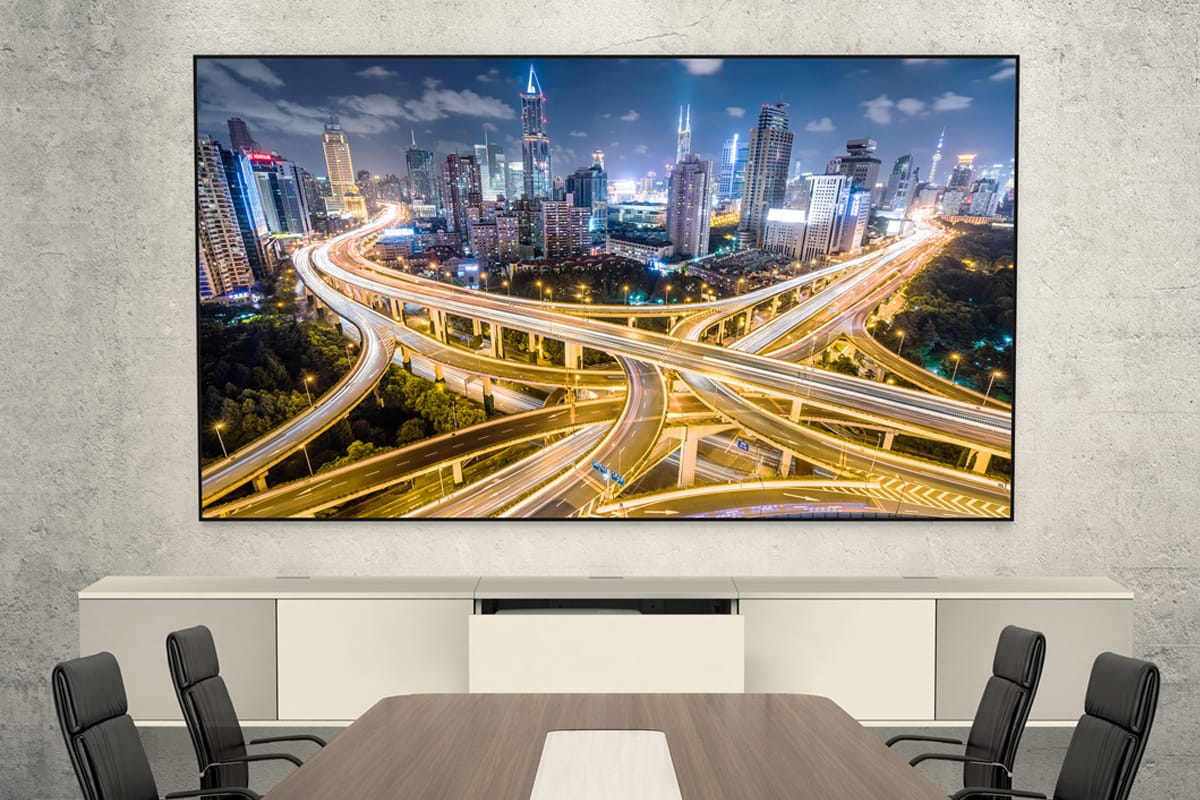
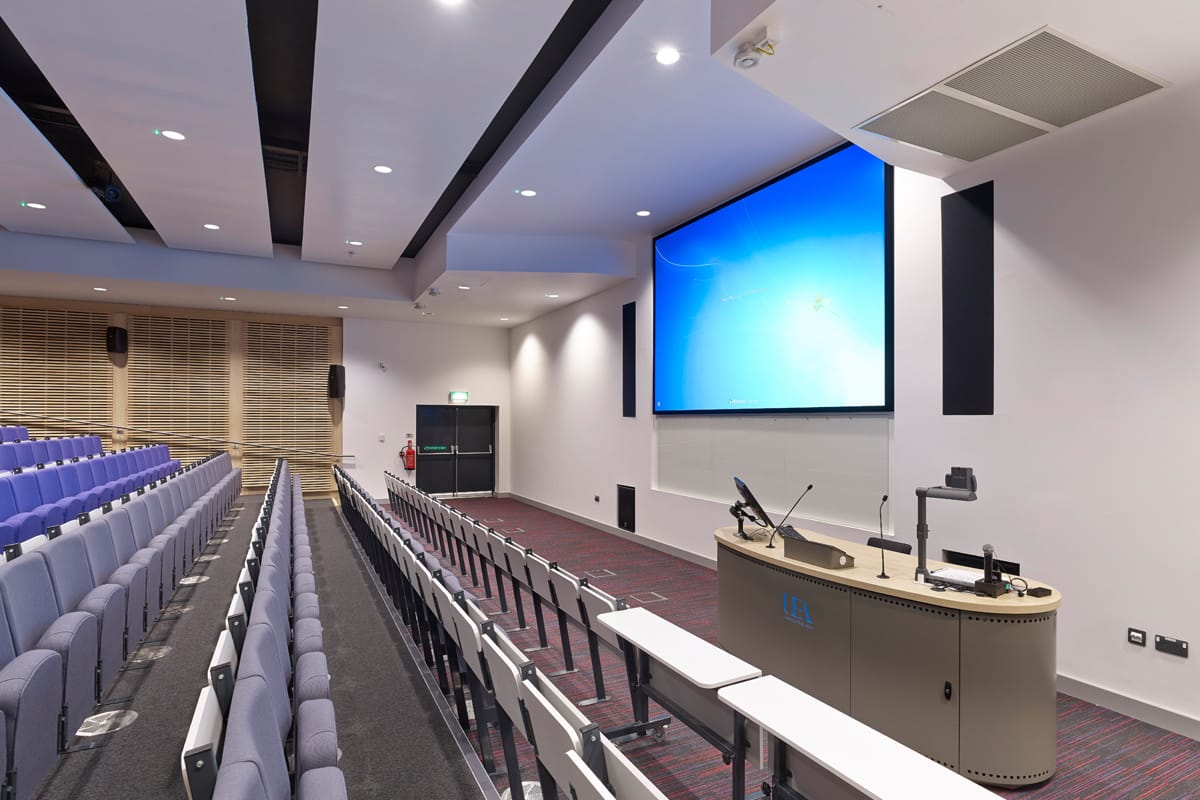
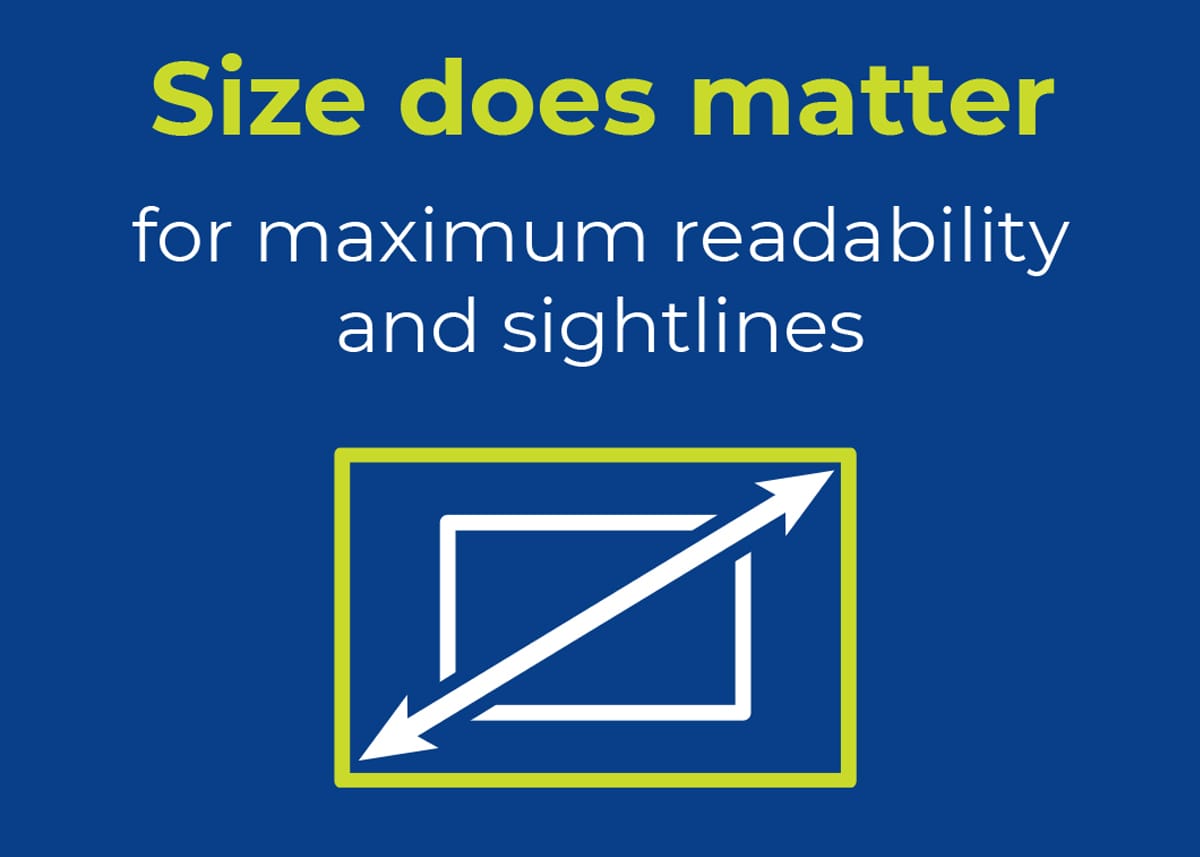
Size Matters
Using a projection screen as your display technology means you can use the DISCAS image size standard to give your client exactly the size they need. Projected images can be scaled to the exact size needed - and in any format or shape.
Social distancing requires viewers to be spread right to the back of the room and for larger spaces to be occupied. Get the display size choice wrong and all other issues are irrelevant for clients at the back of the room, unable to read what’s on screen
Above 90”, projection is the cheaper option. Above 98” it’s the only option for meeting and teaching rooms, where comfortable and continuous viewing is essential.
Rooms from 6-7m deep typically need screens of 100” and above.

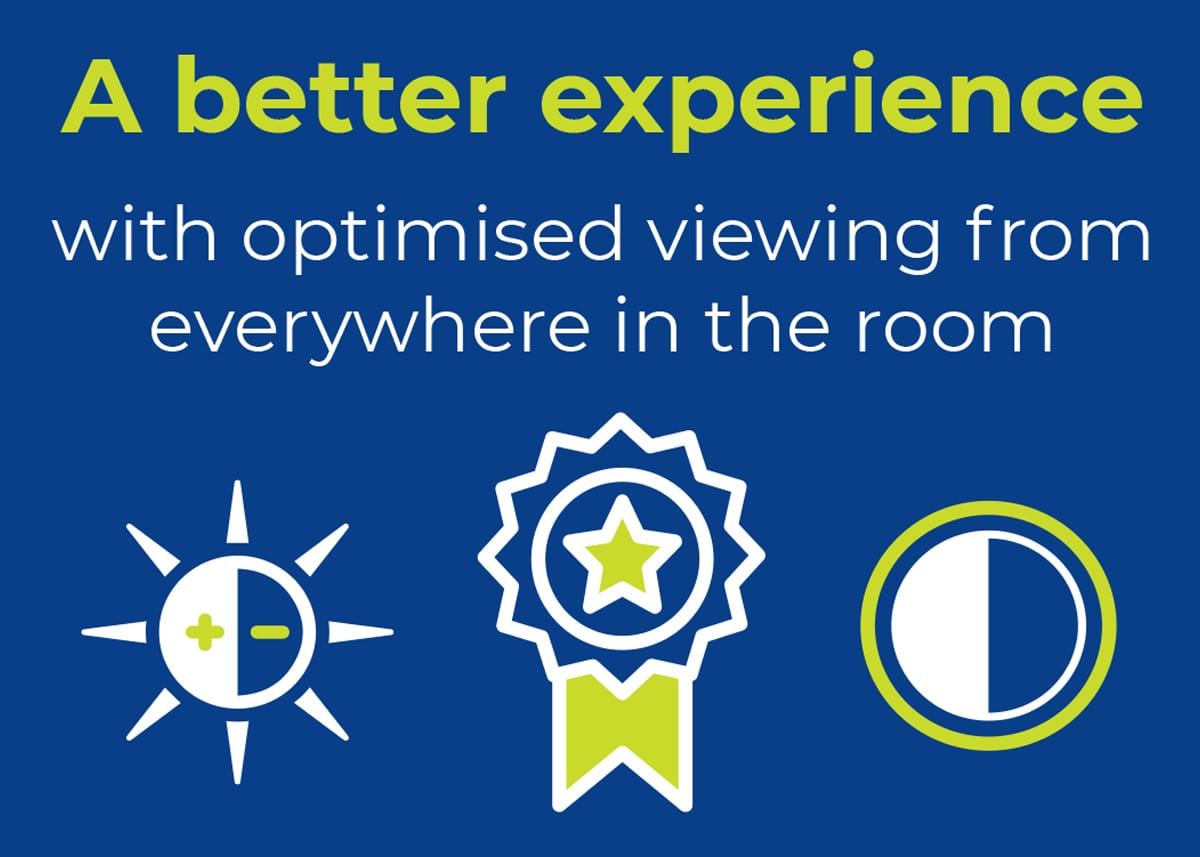
Quality
A projector's resolution remains perfect no matter what the image size. Presenters have the confidence that the image on their own screen is exactly the same on the main display screen. Unlike other display technologies, such as direct view LED where the resolution is driven by the individual pixel size, meaning content has to be scaled, compromising the resolution of the image.
Projected images can be specified to deliver the optimum image brightness (luminance) to avoid the asthenopia (eye strain) that can result from using dvLED screens, whose brightness is optimised for outdoor lighting applications.
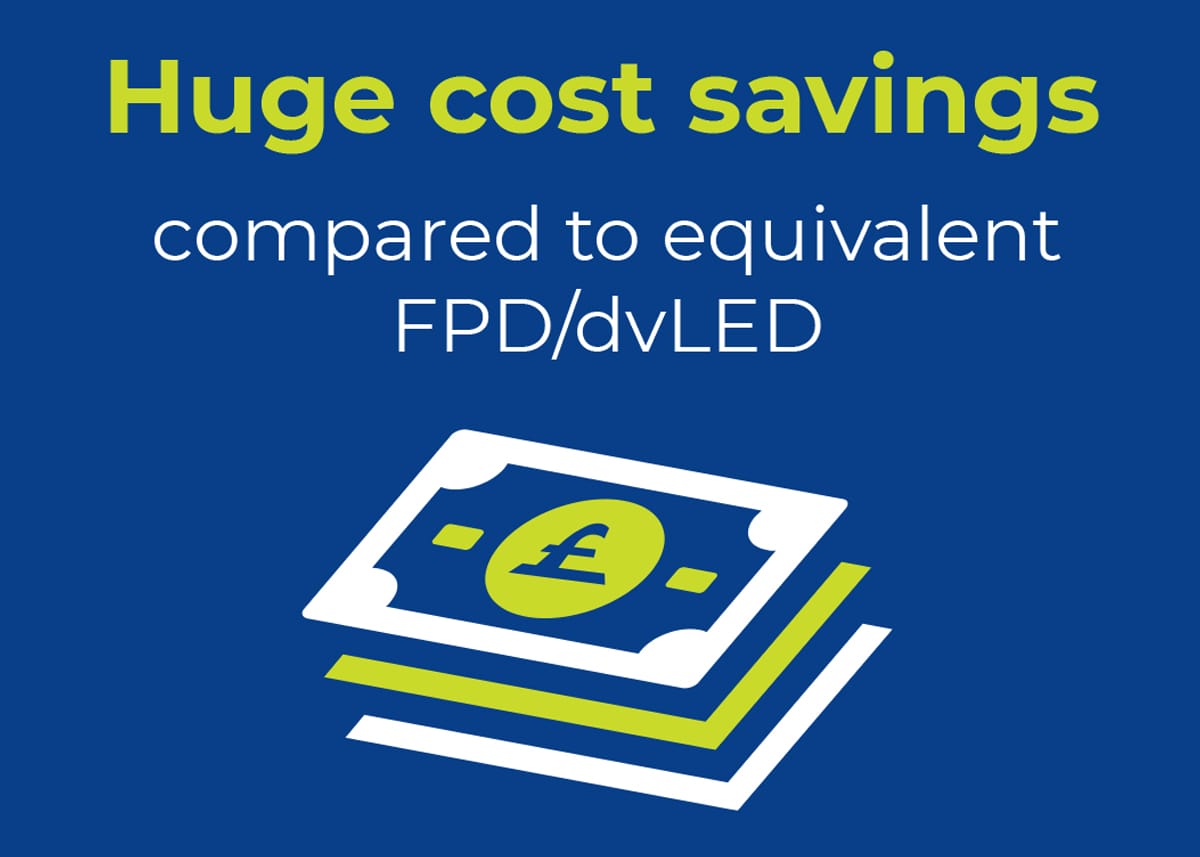
Cost
From 90" and above projection is cheaper - and better quality for presenting serious content. The larger you go, the more spectacular the difference is. For example, the current ‘hot’ image size of 130” (2.9m x 1.6m) costs clients from approx £50,000 to £70,000 for direct view LED (dvLED) displays. Our equivalent Complete Laser Display XL starts from around £16,000!

- What is projection lighting?
- Which light is best in projector?
- What is the importance of light projection?
- What is LED projection?
What is projection lighting?
Projection lighting is the use of video or image projection to create a theatrical or other special effect. There are two main types of projection: front projection and rear projection.
In front projection, the light source is placed in front of the screen and the image is projected onto the screen. This type of projection is typically used for film and television shows.
In rear projection, the light source is placed behind the screen and the image is projected onto the screen. This type of projection is typically used for video games and concerts.
Which light is best in projector?
There is no definitive answer to this question as it depends on a few factors, such as the type of projector, the desired brightness, and the specific application. However, some common light sources used in projectors include halogen lamps, metal-halide lamps, and LED (light emitting diode) arrays.
What is the importance of light projection?
Light projection is important for a range of reasons. It can be used to create illusions or generate three-dimensional images. It can also be used to control the environment by projecting light onto surfaces. For example, a projector can be used to create an artificial window that allows light into a room even on a cloudy day. In addition, light projection can be used for advertisement or marketing purposes.
What is LED projection?
LED projection is a technology that uses light-emitting diodes (LEDs) to create images. Unlike traditional projection technologies, which use a beam of light to project an image onto a screen, LED projection creates images by shining individual LEDs directly onto a surface. This allows for much finer control over the image quality and makes it possible to create displays that are both smaller and more portable than traditional projectors. LED projection is also becoming increasingly popular for use in digital signage applications.
Case Studies Using Projector Solutions

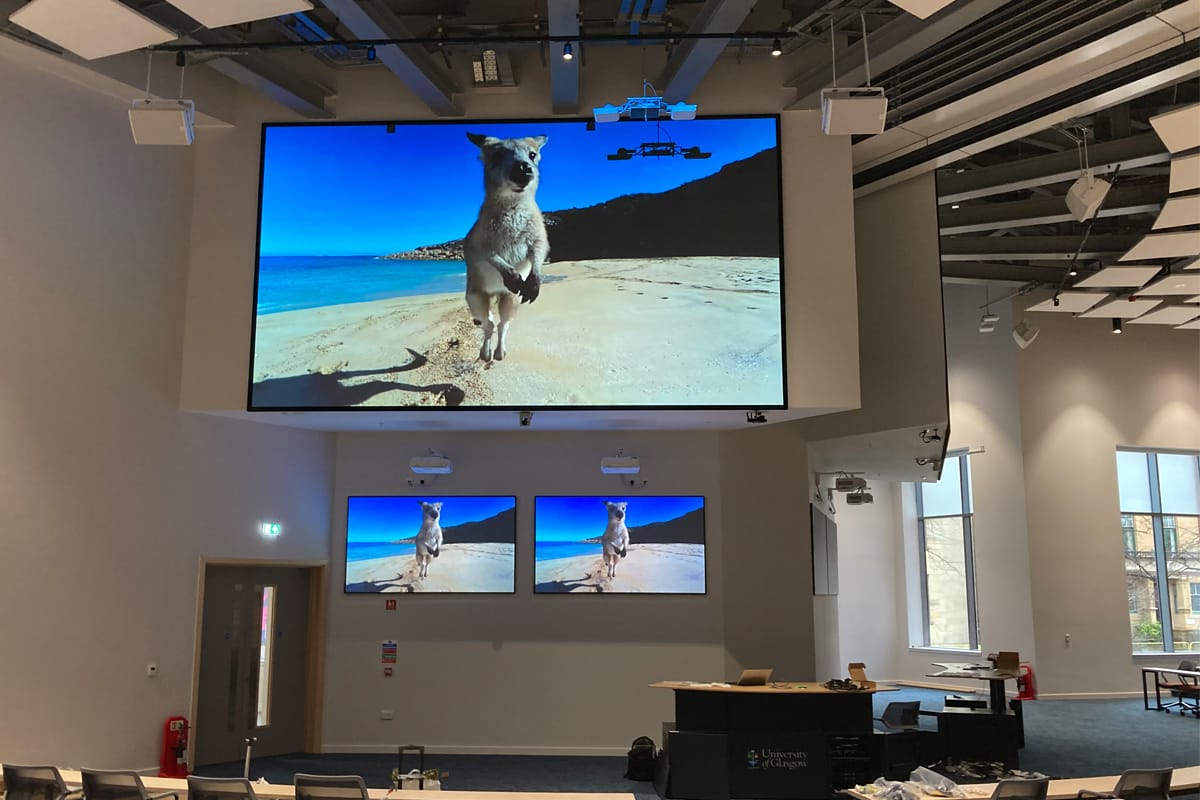
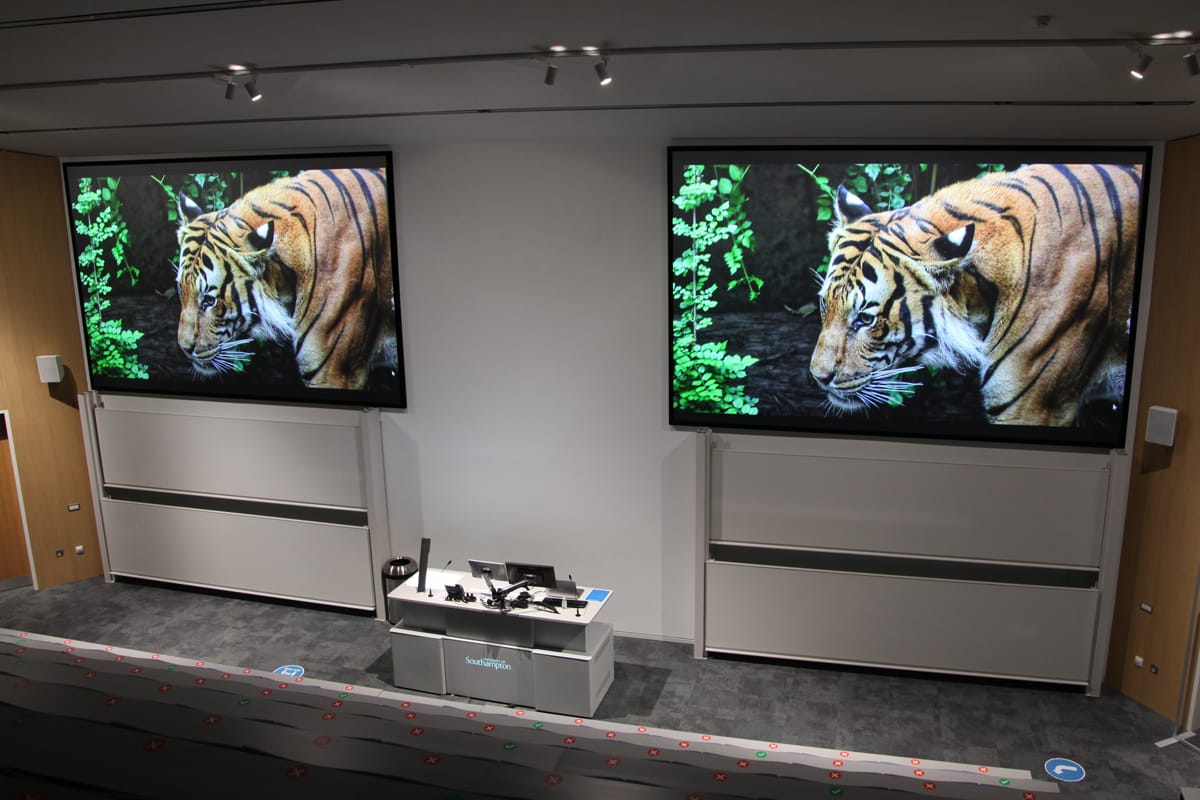
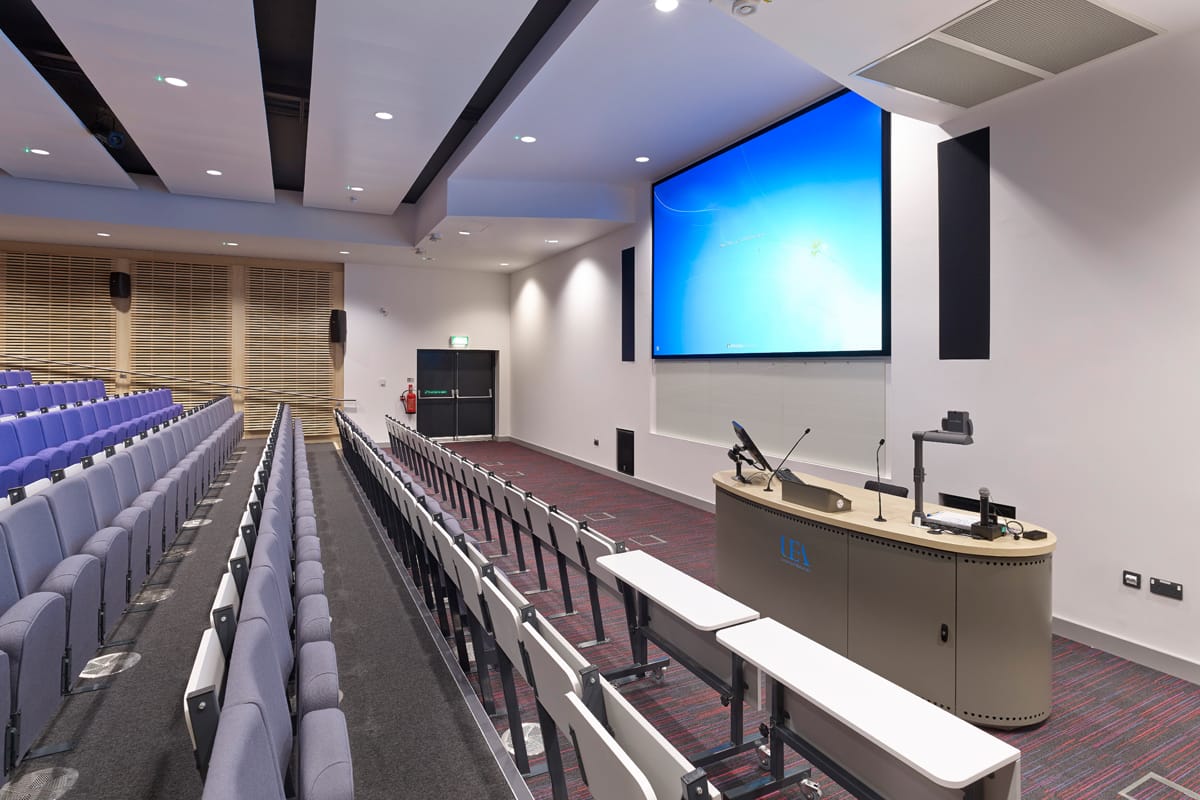
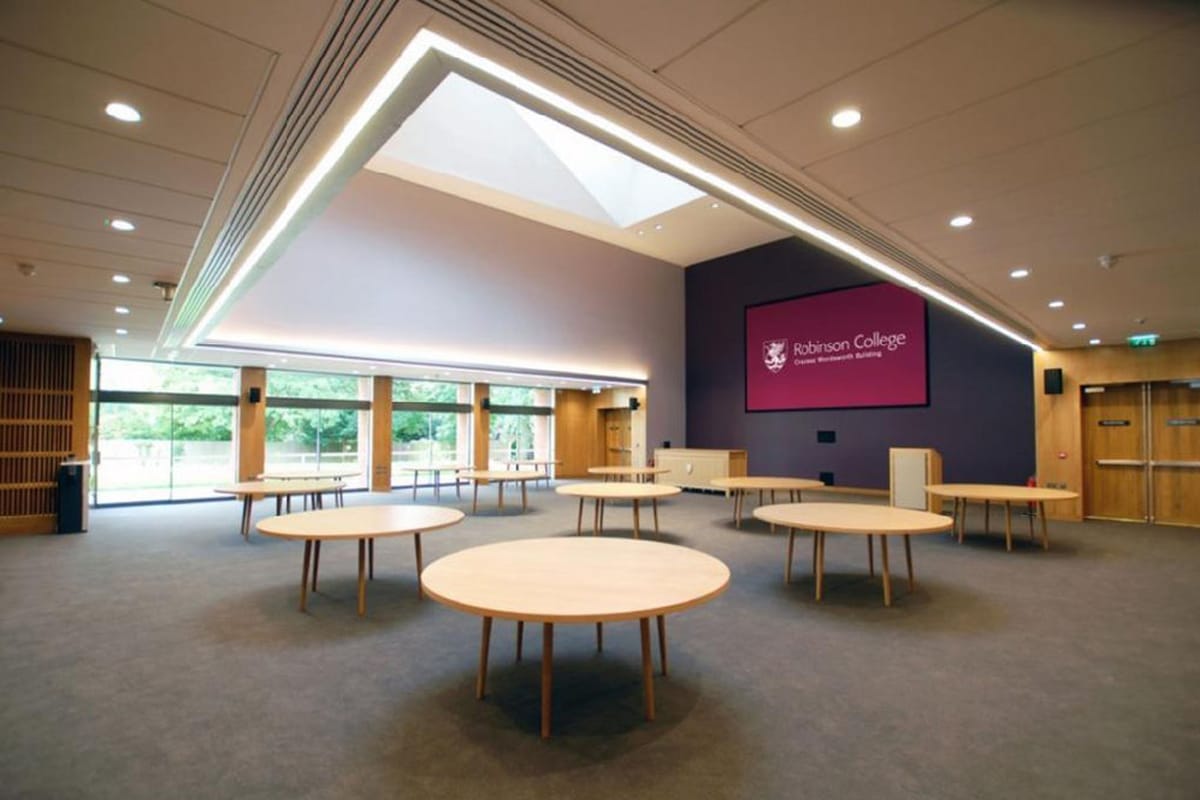
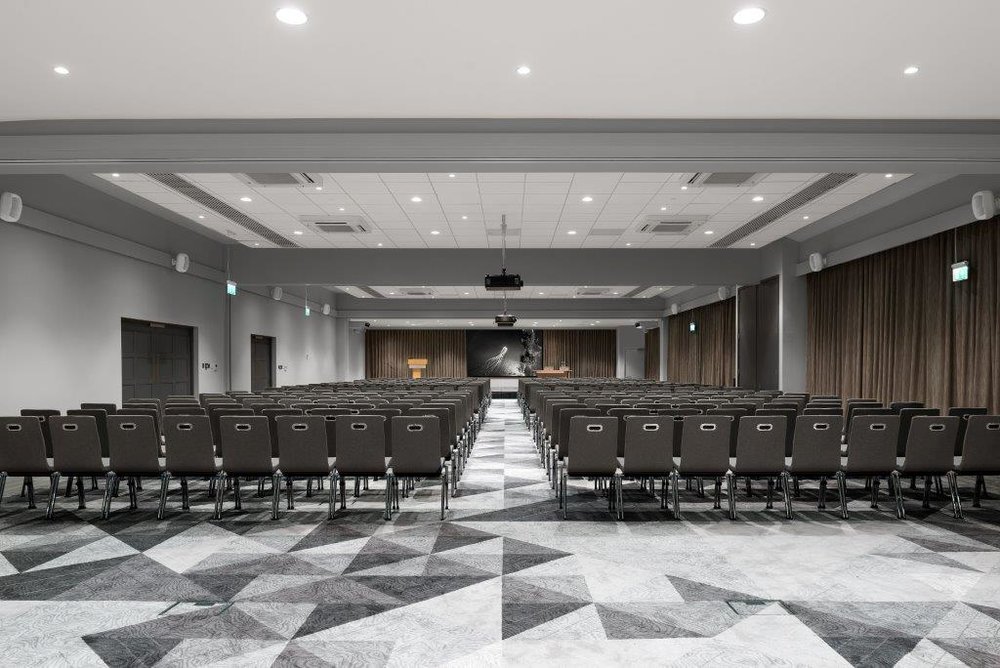
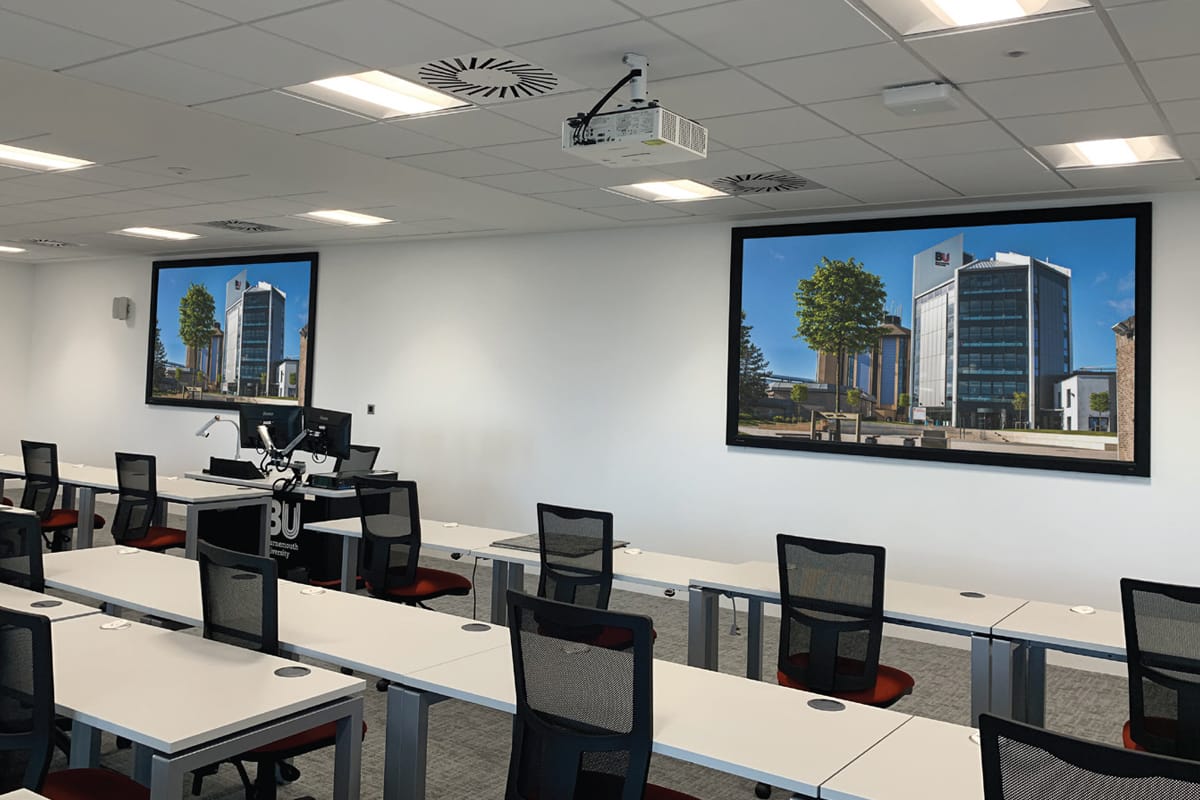
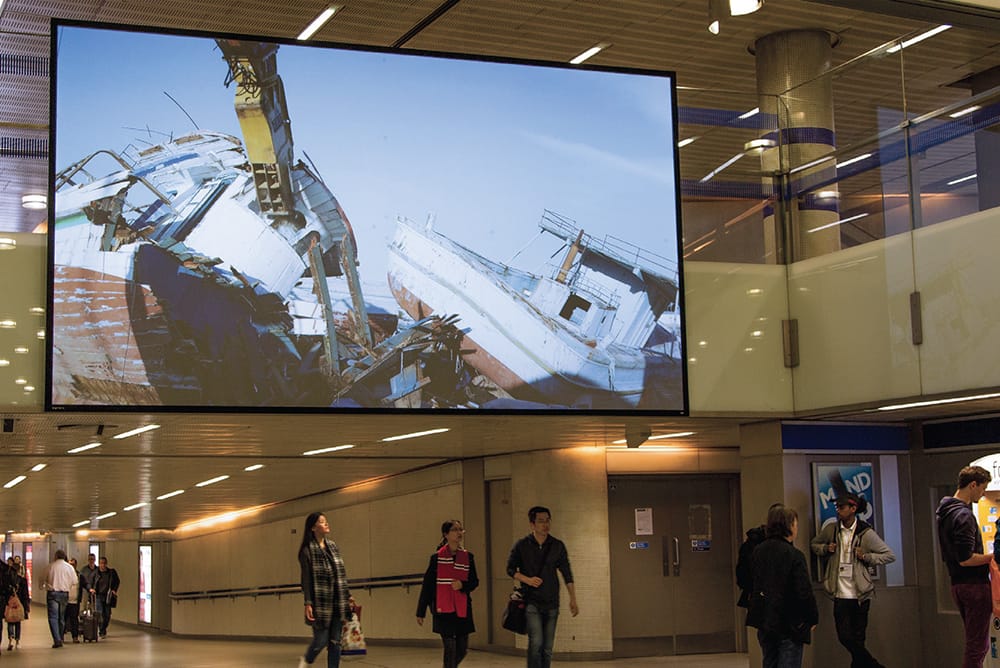
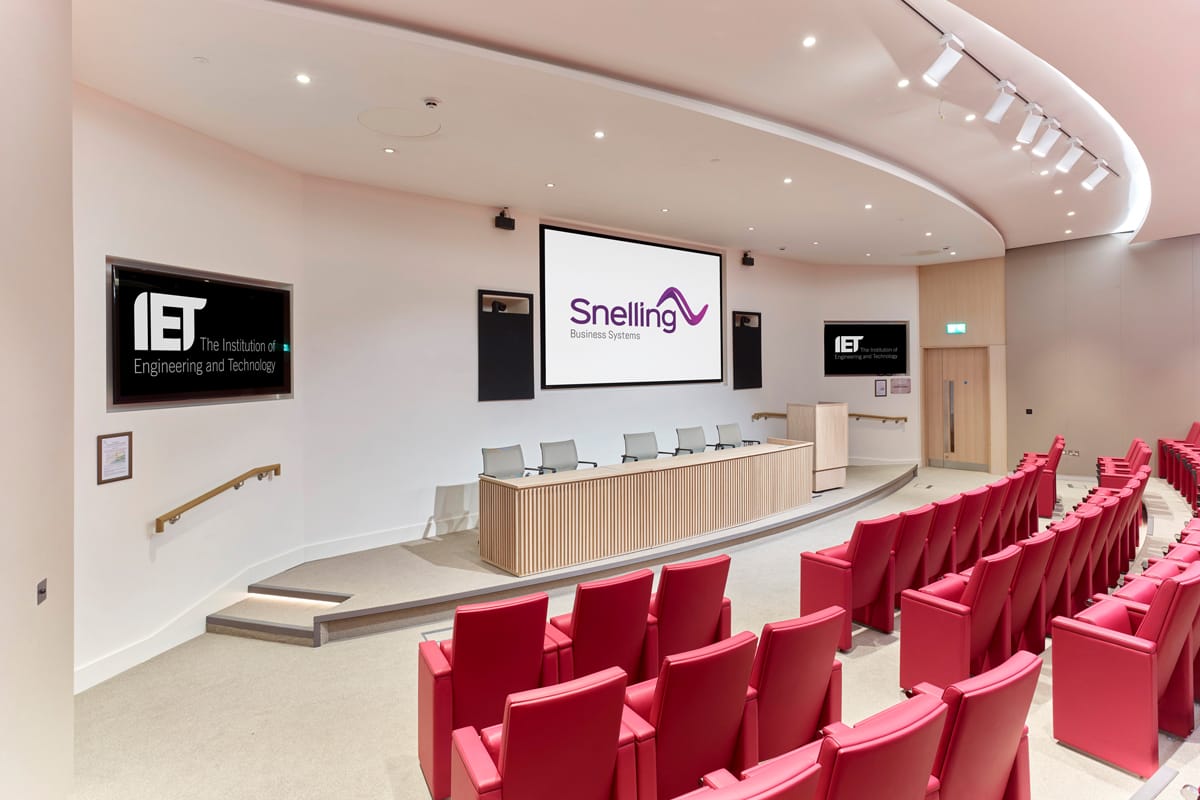
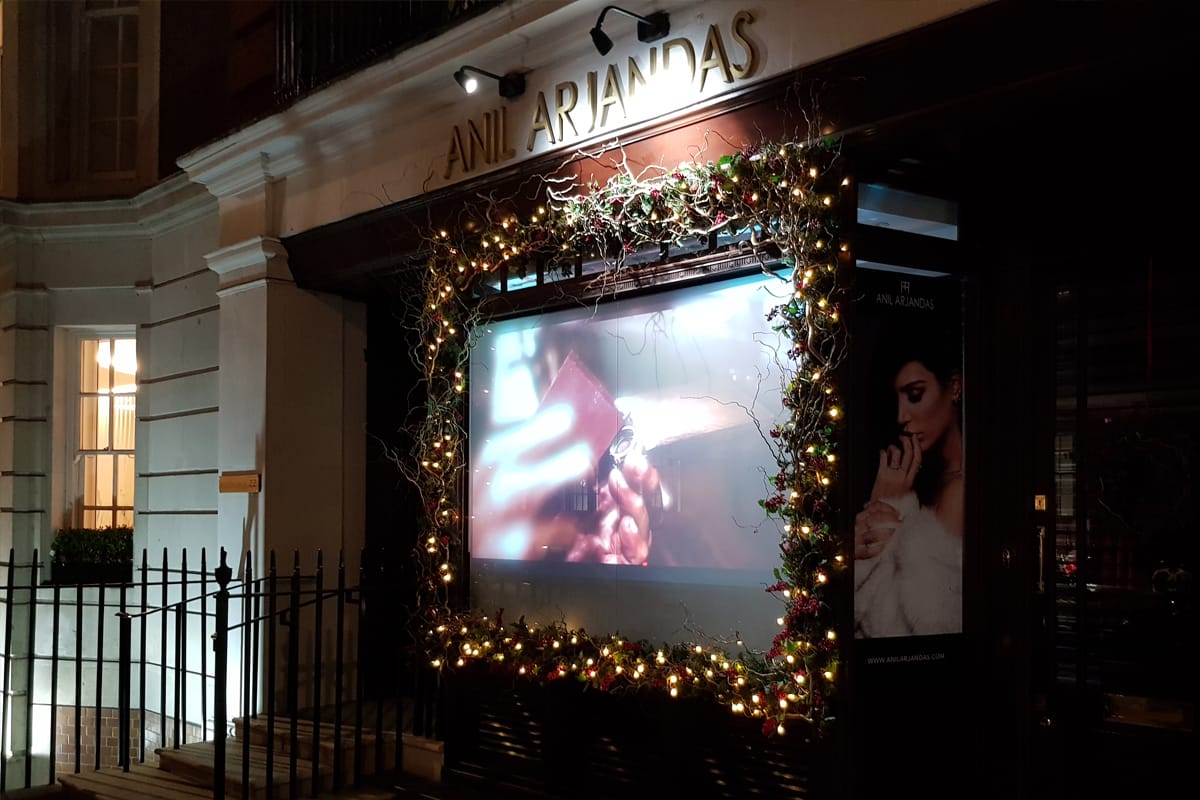
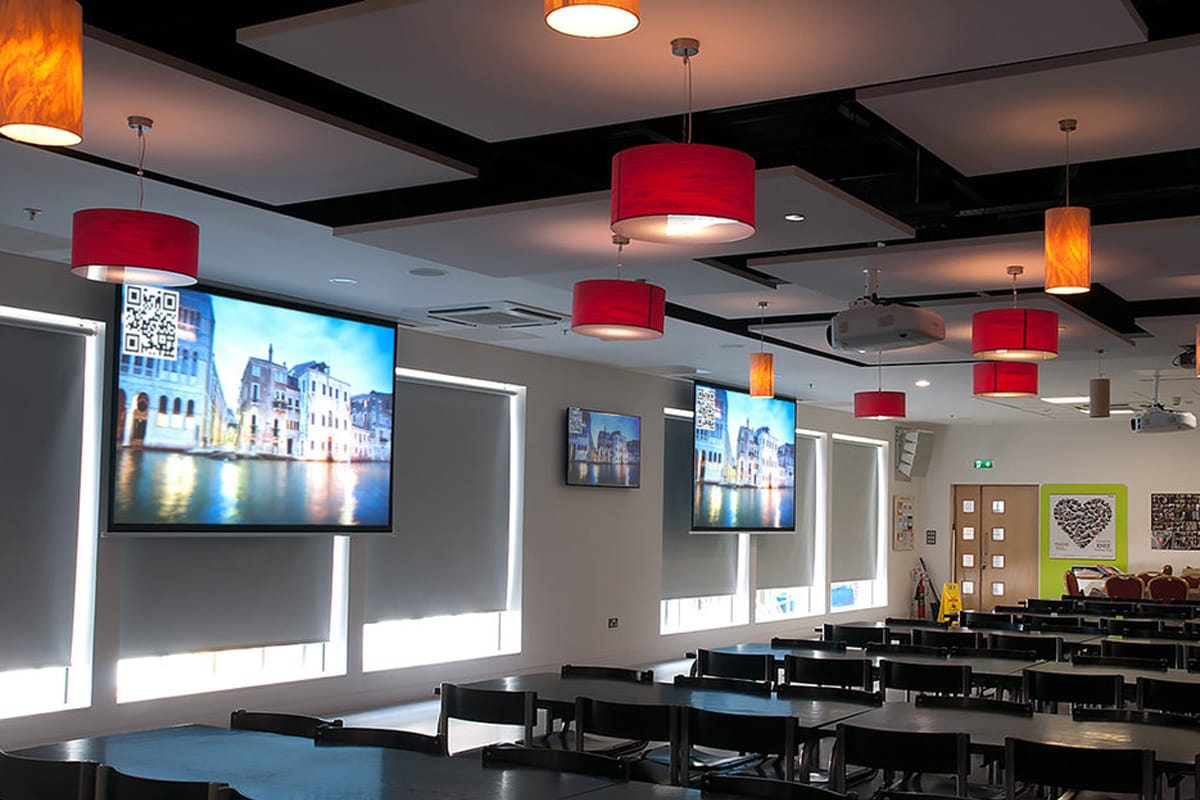
Explore by Technology

